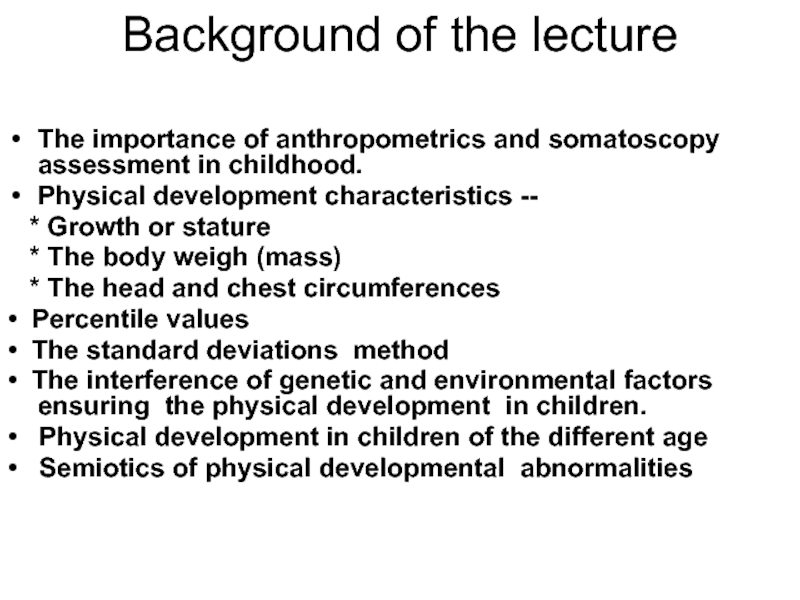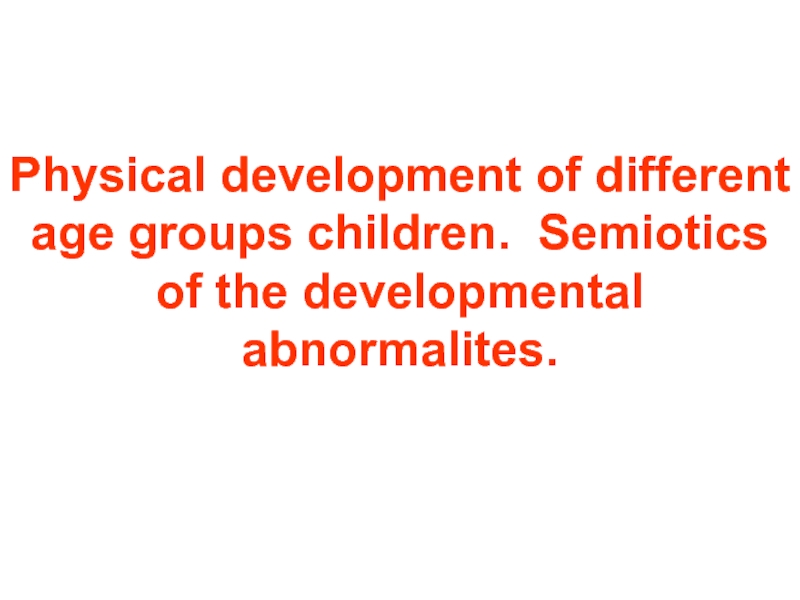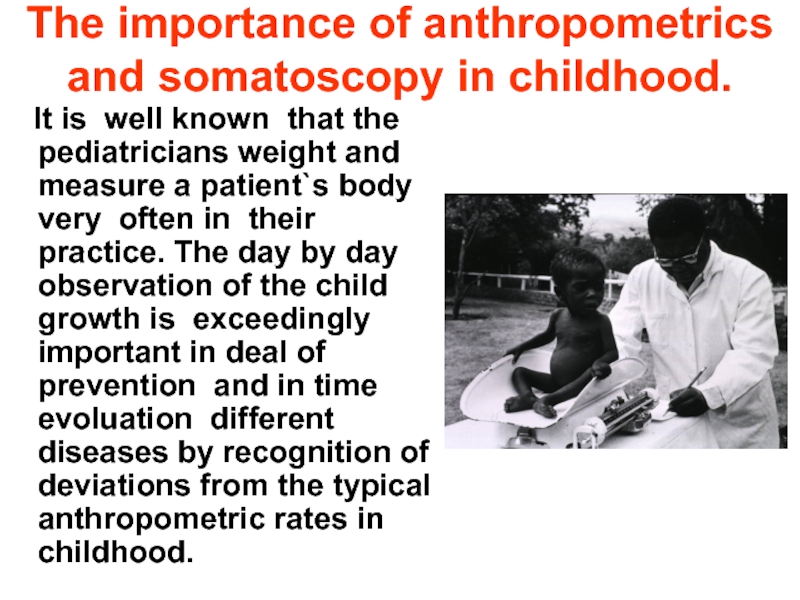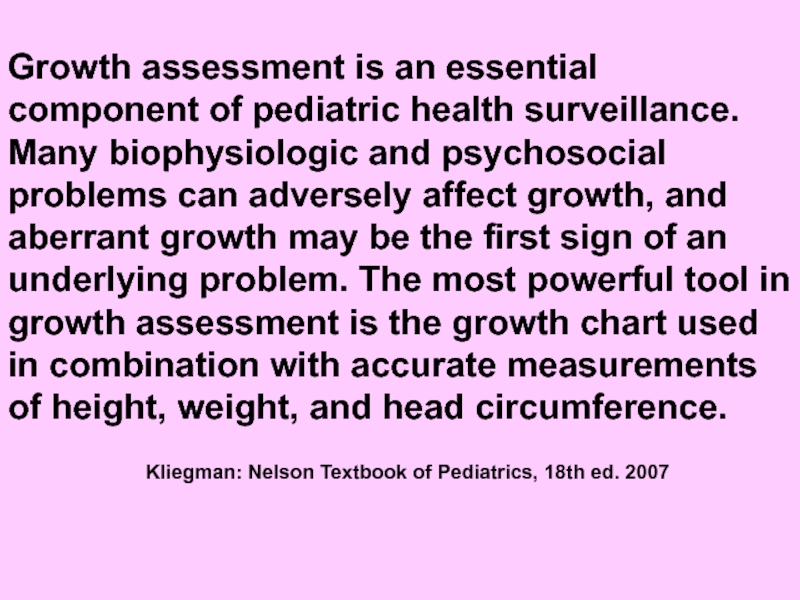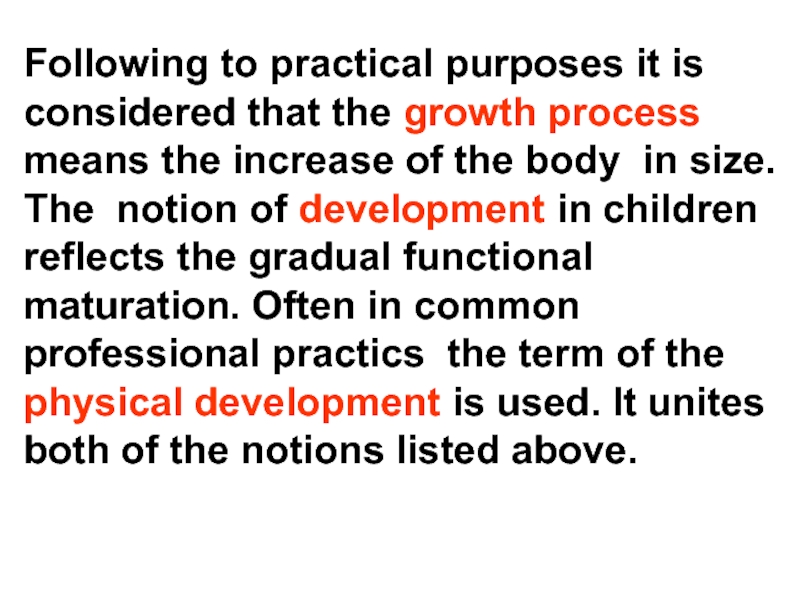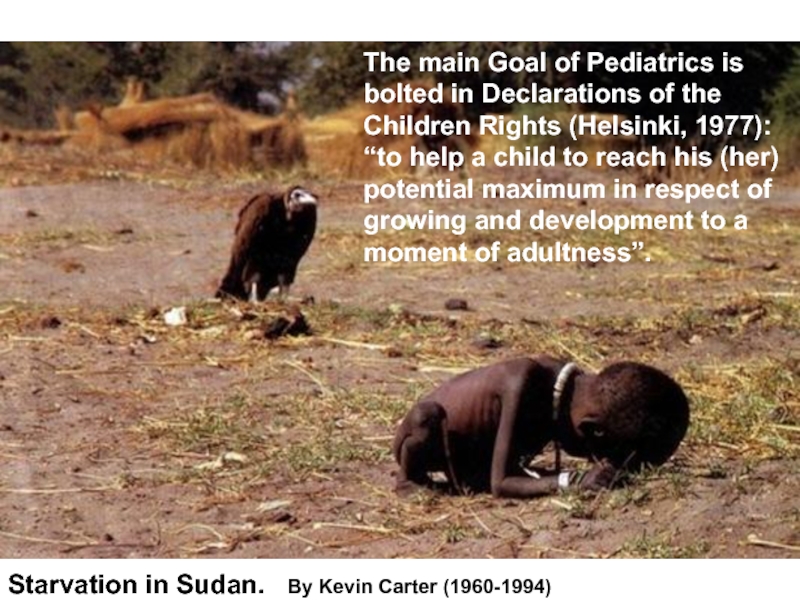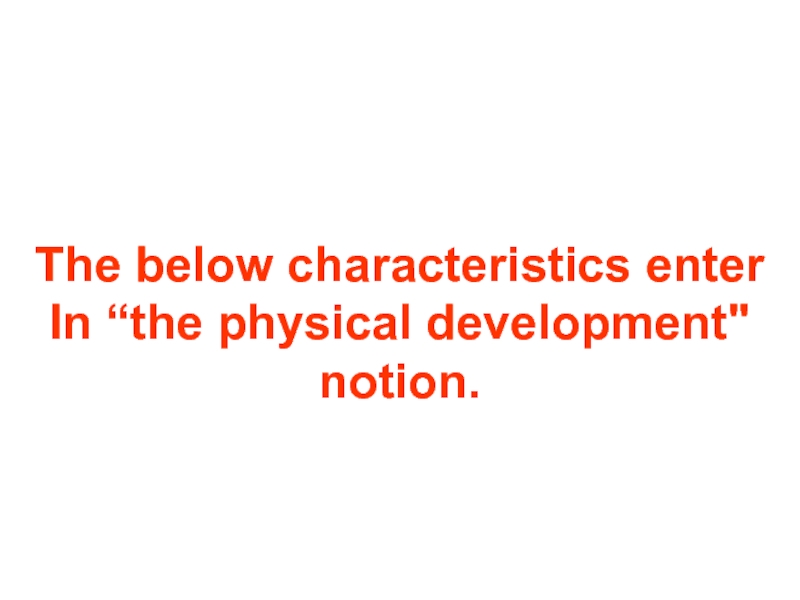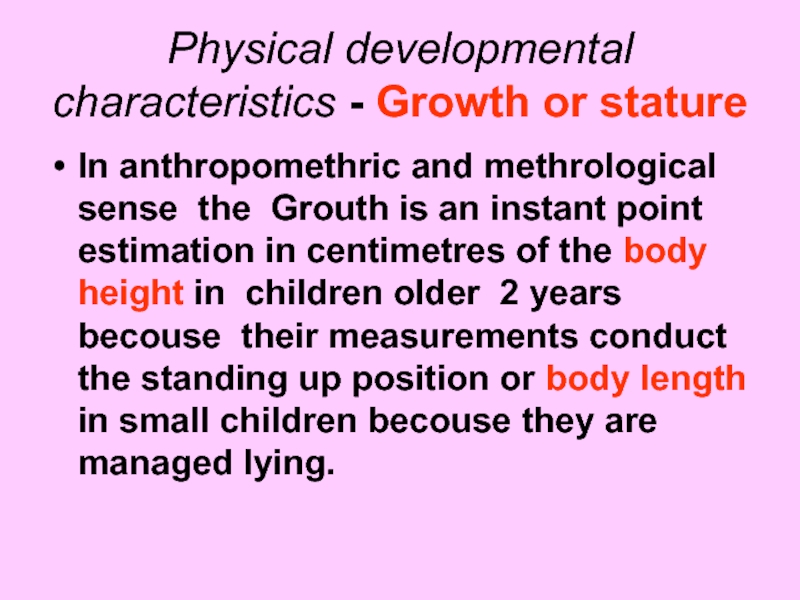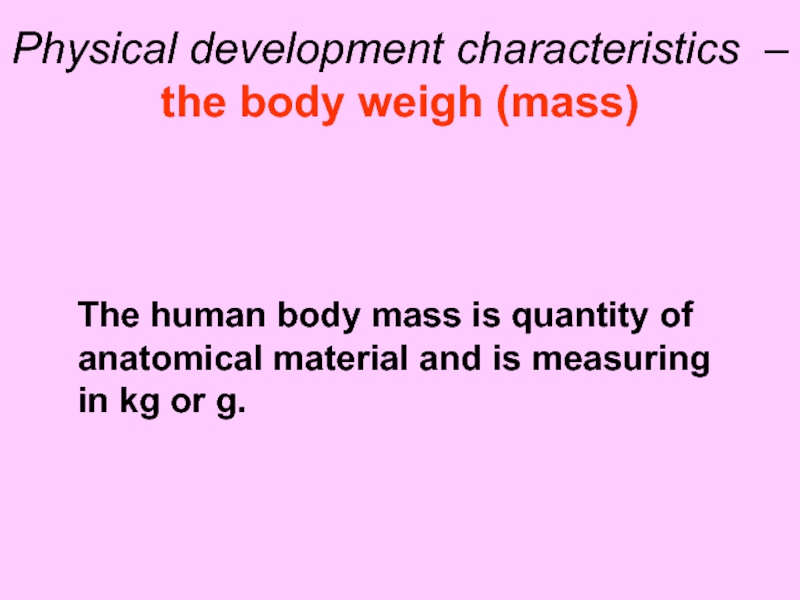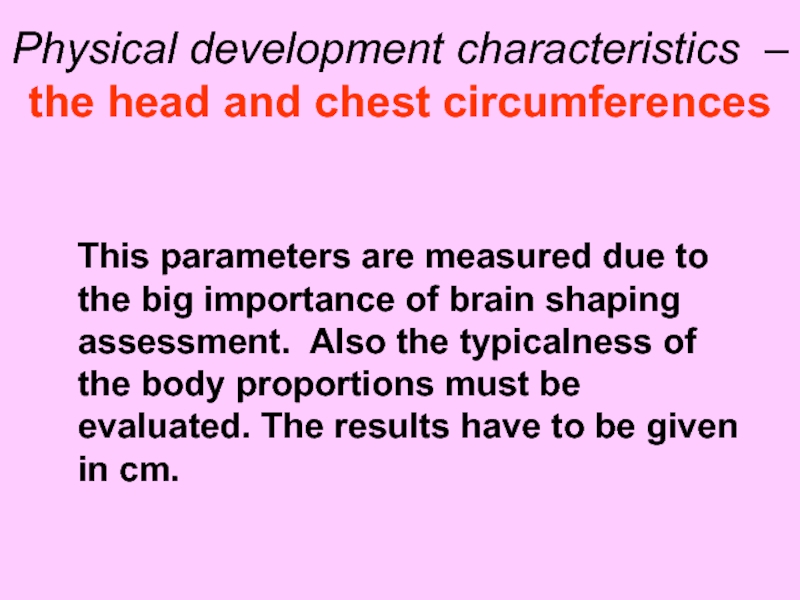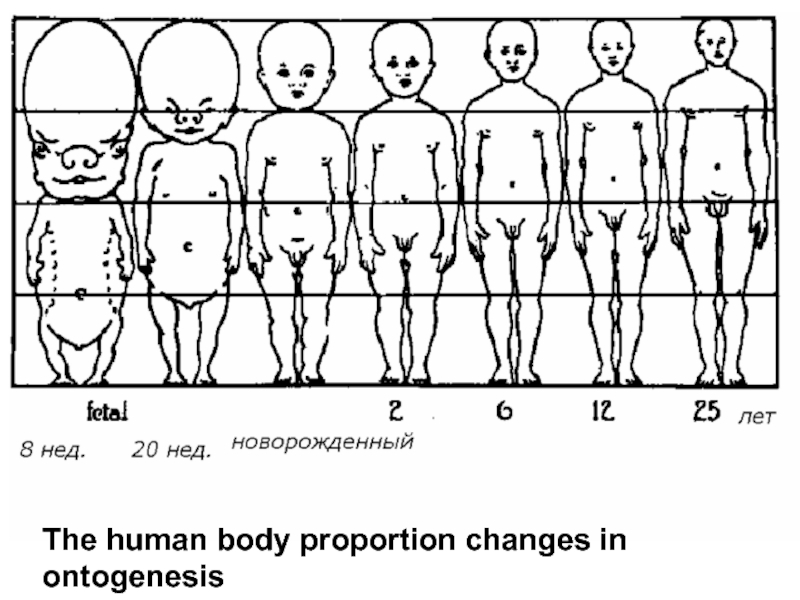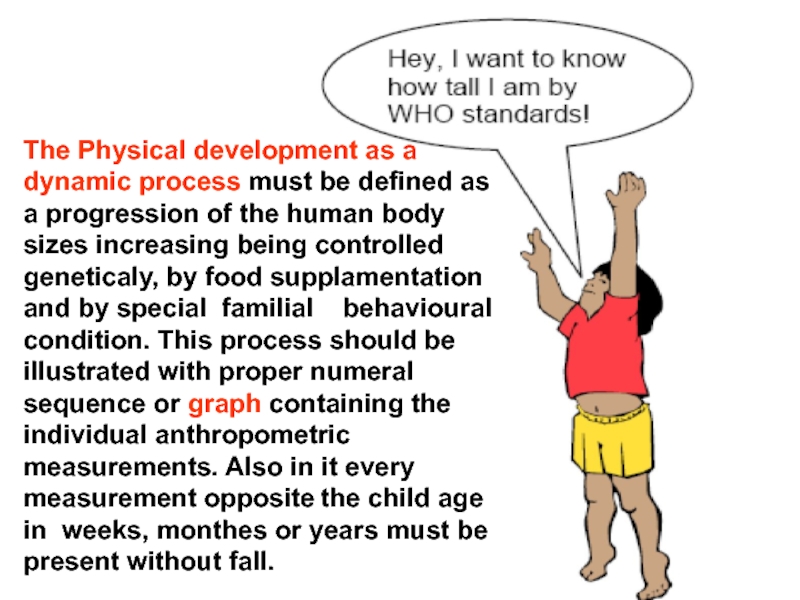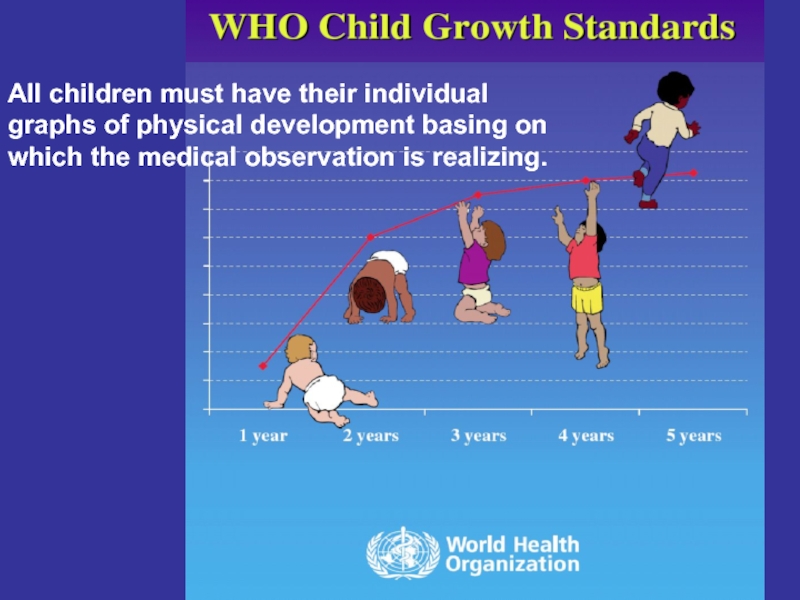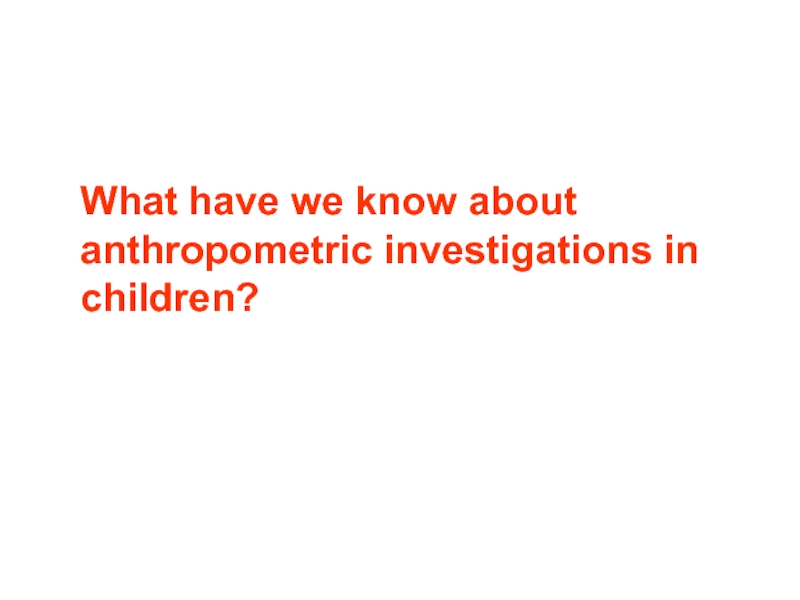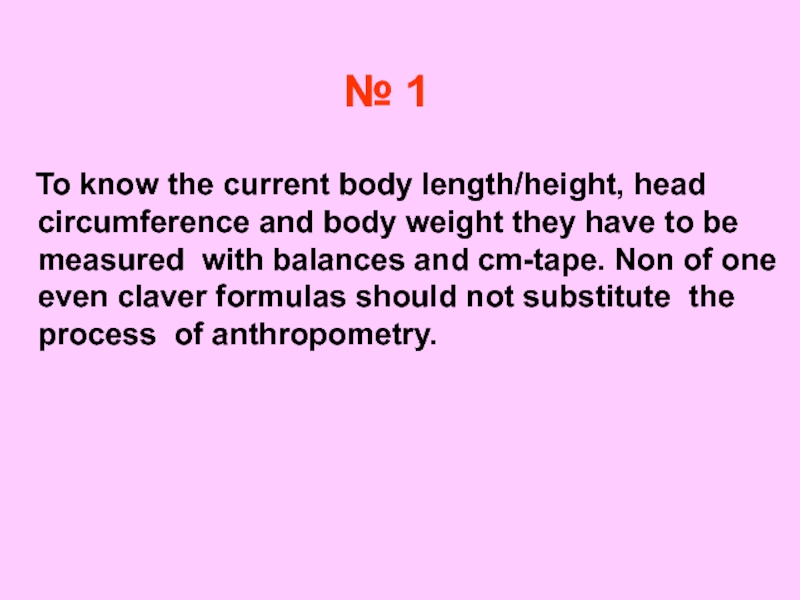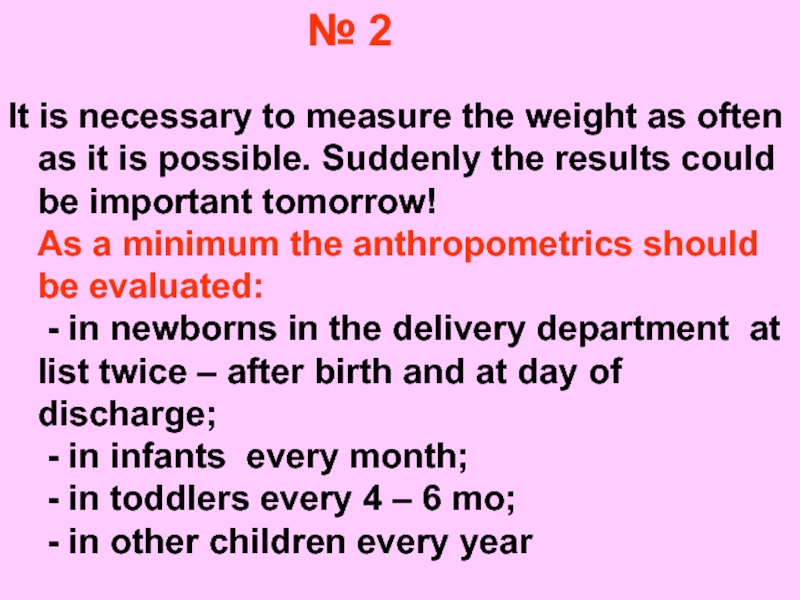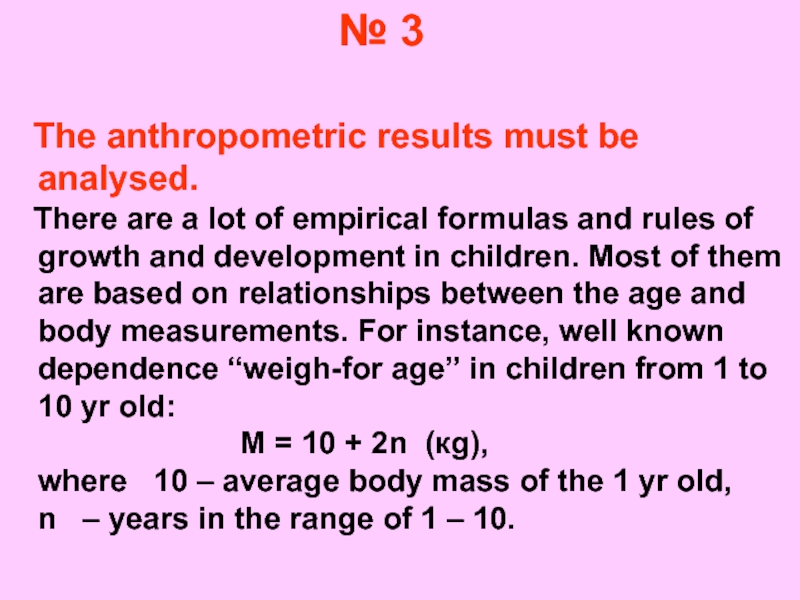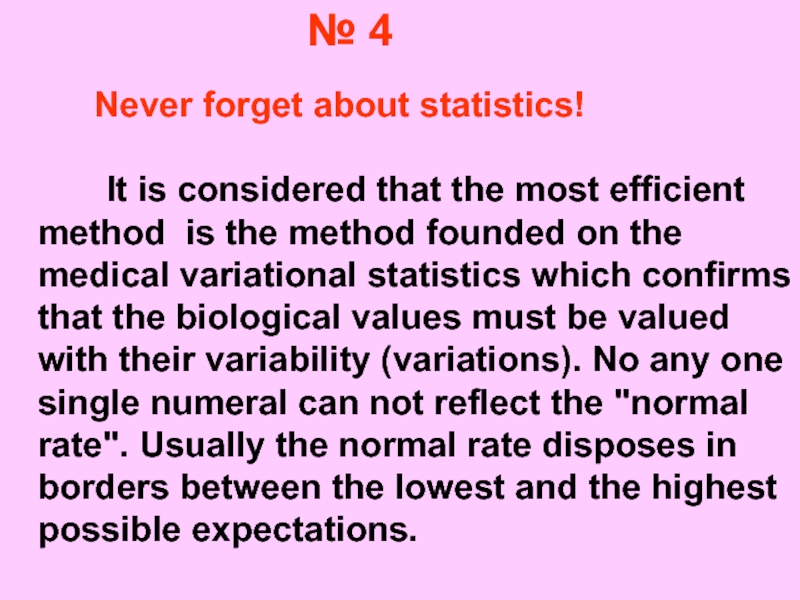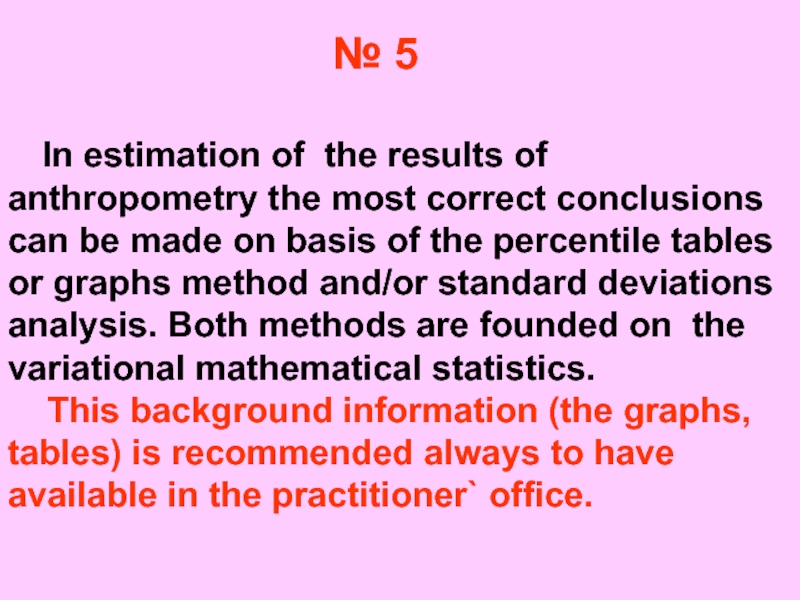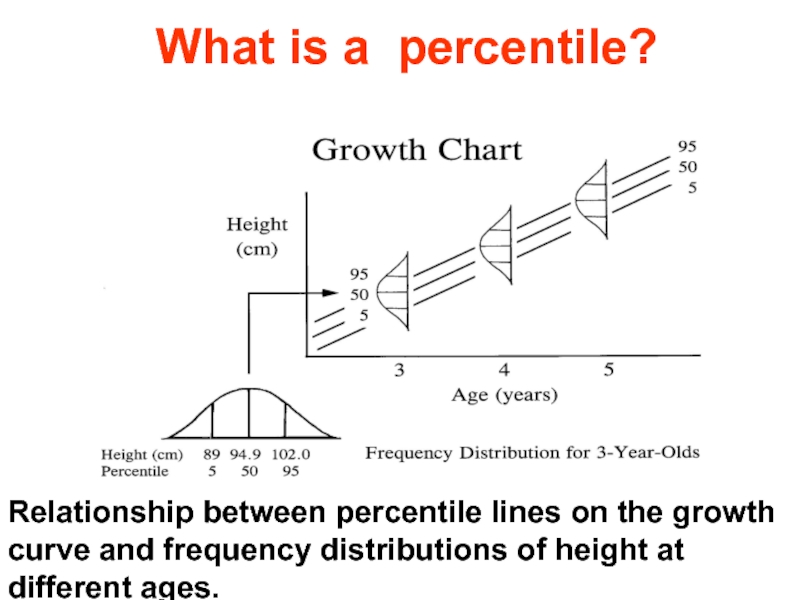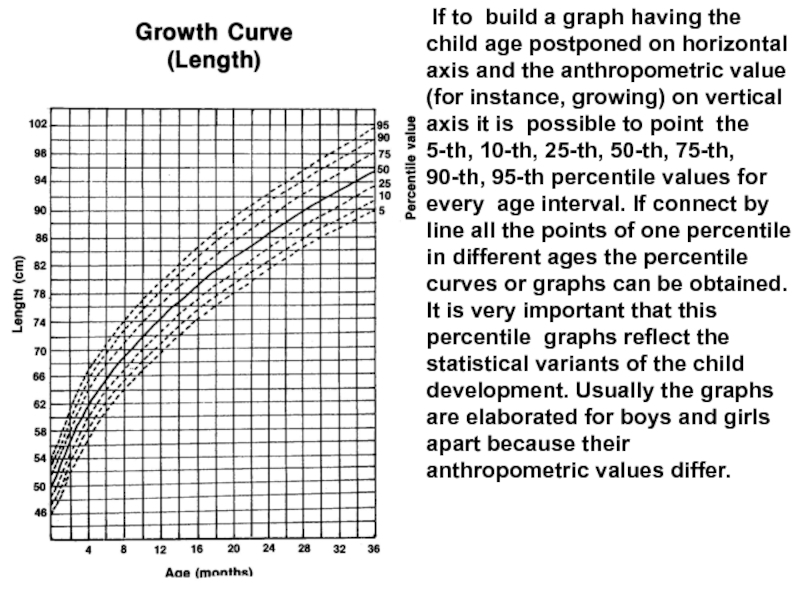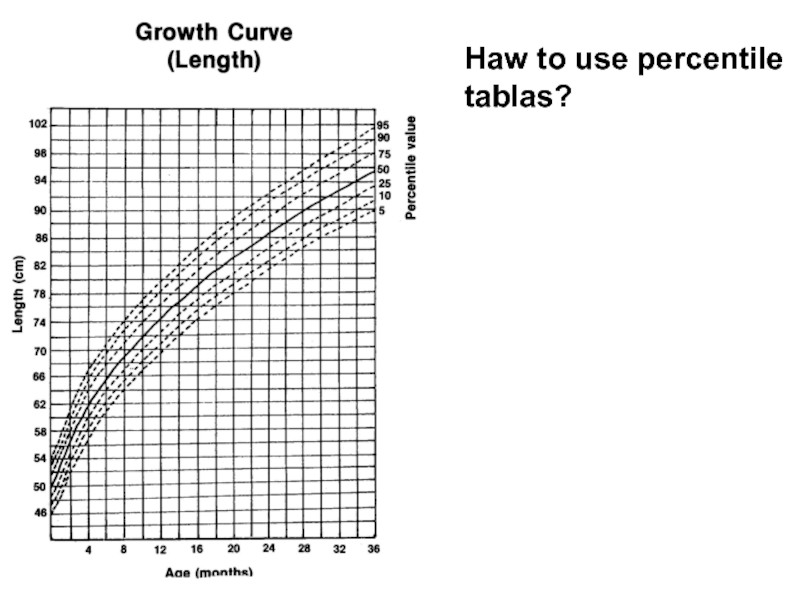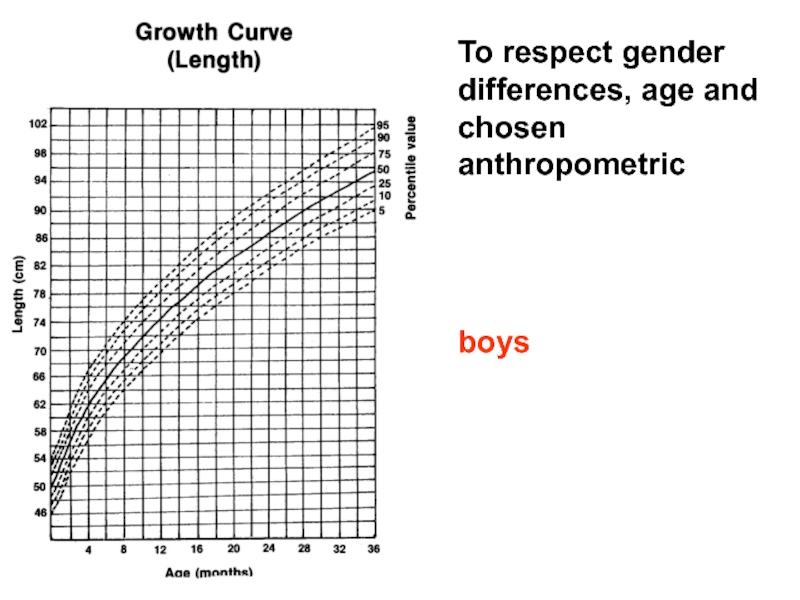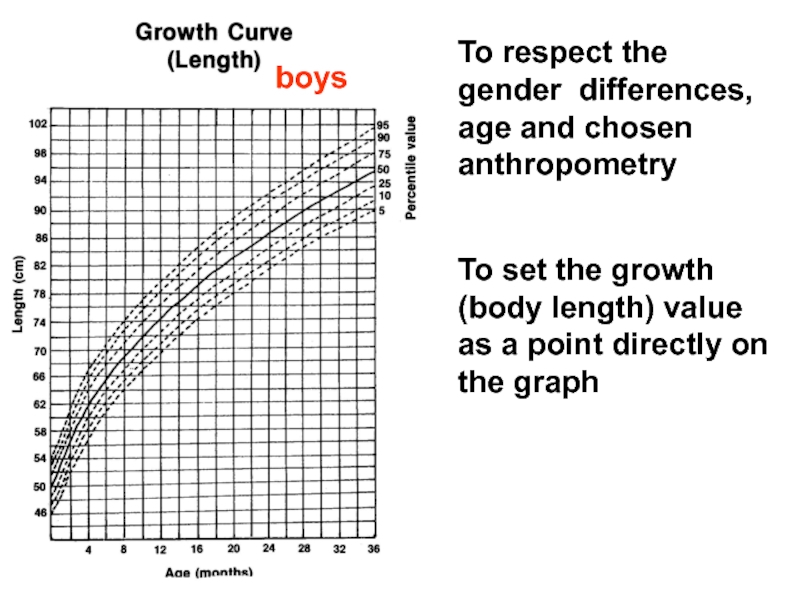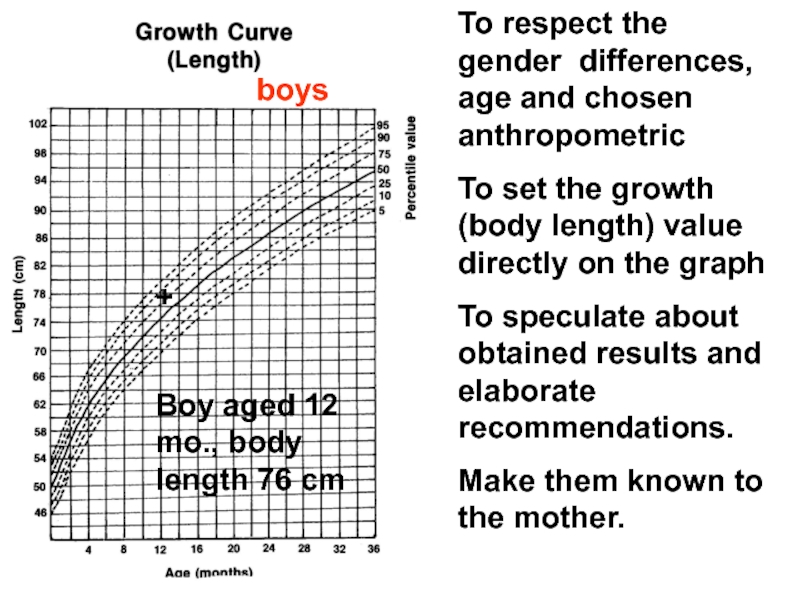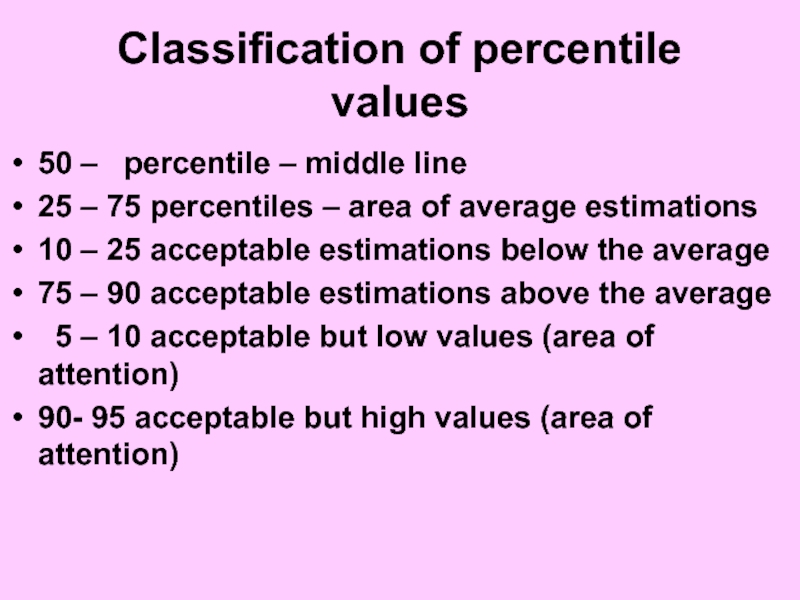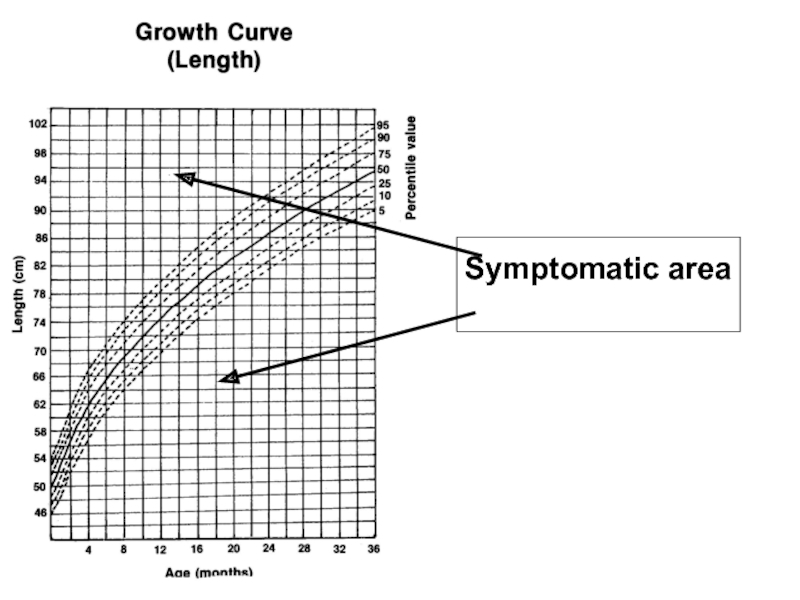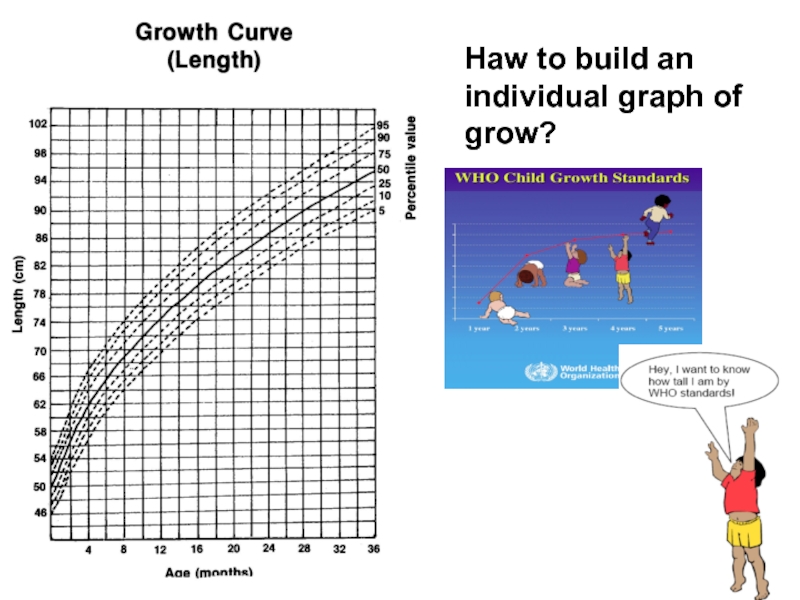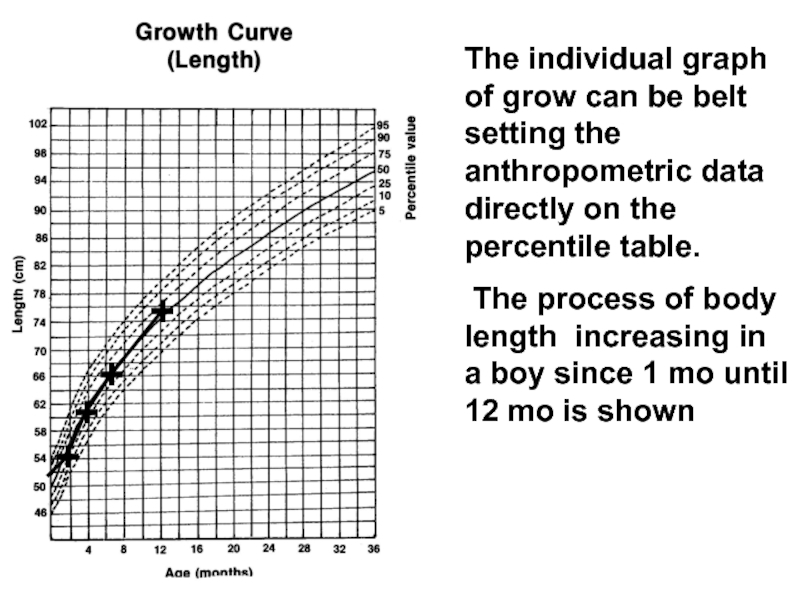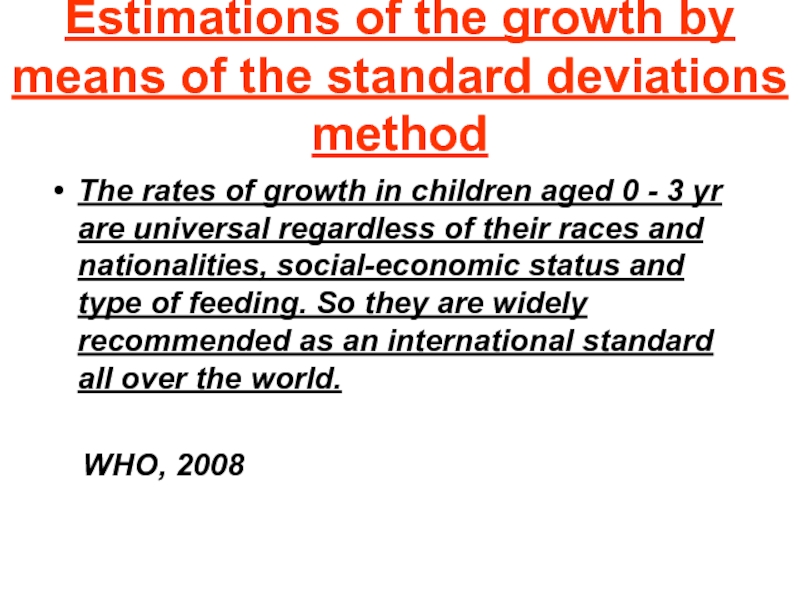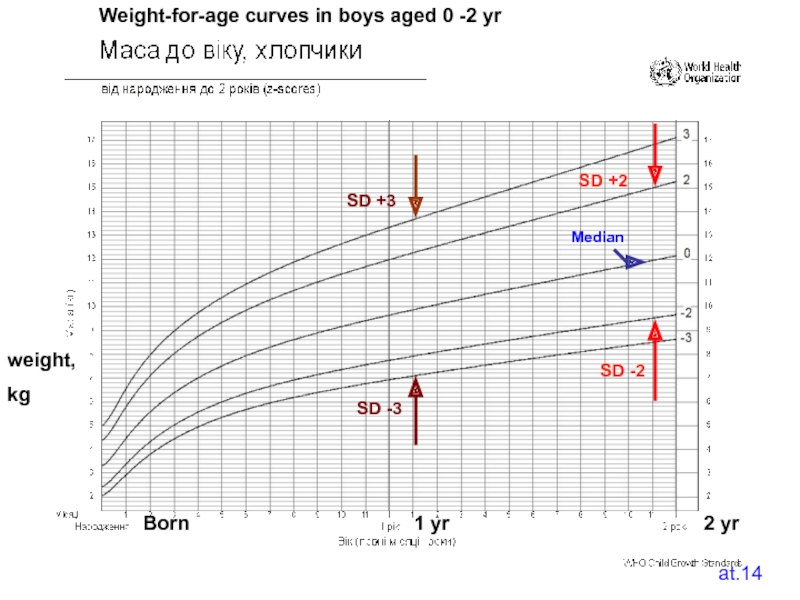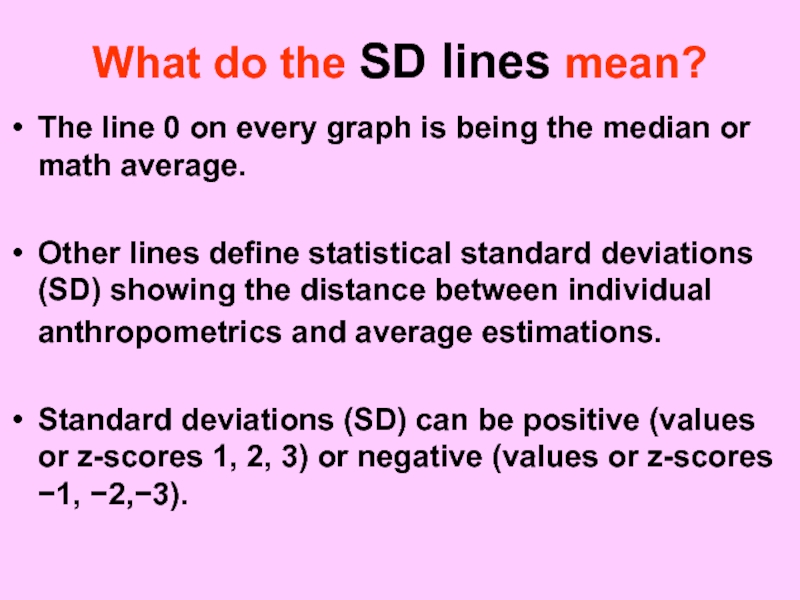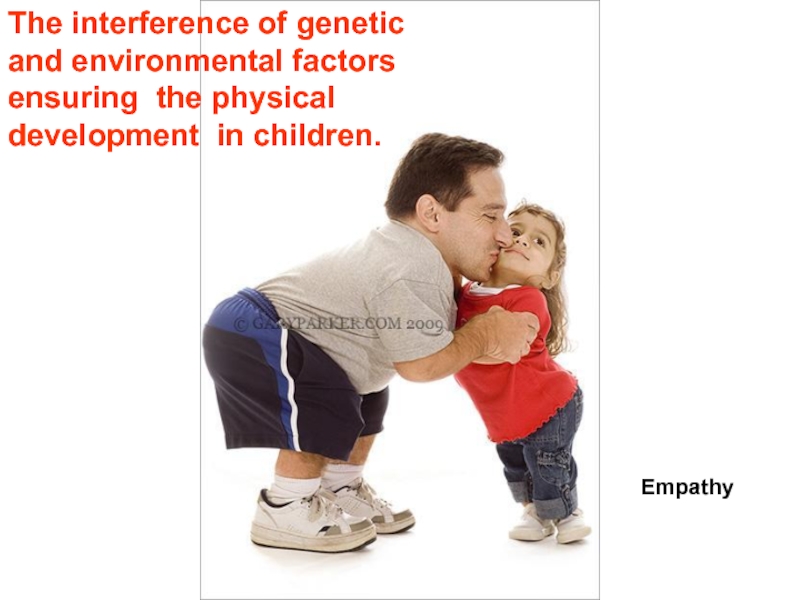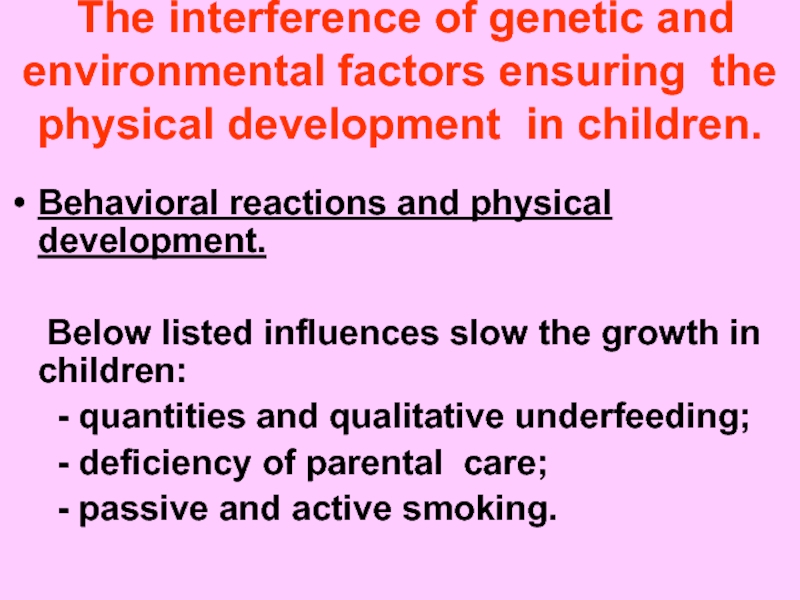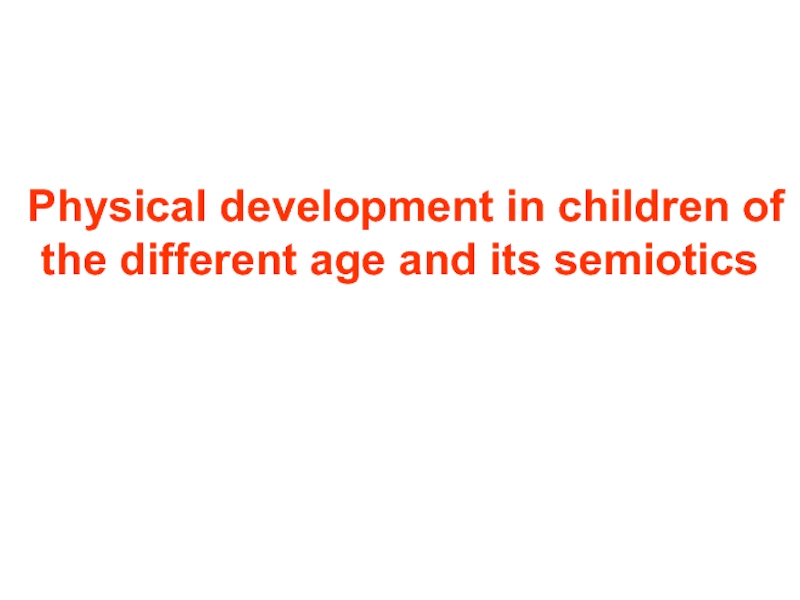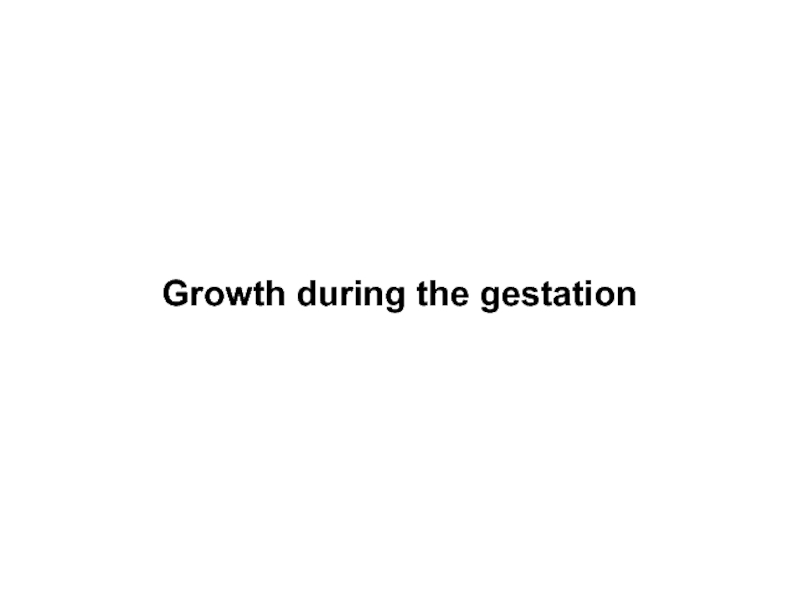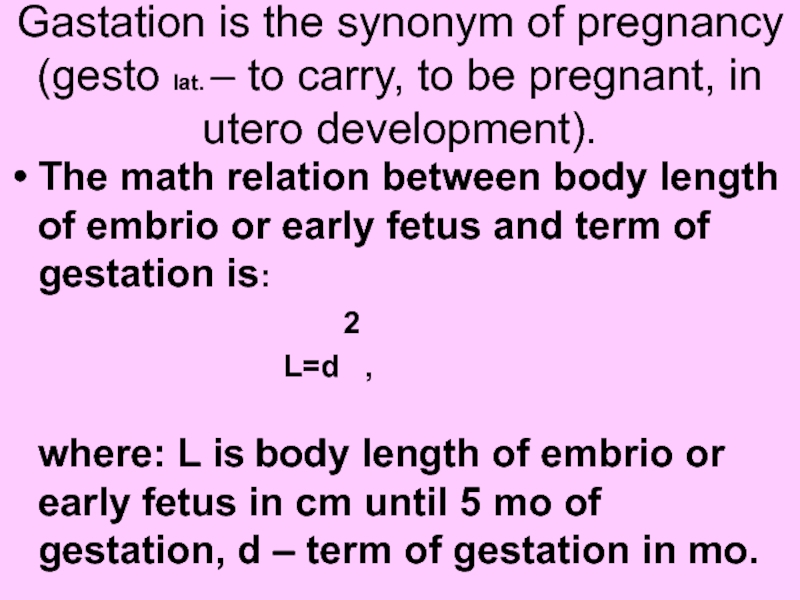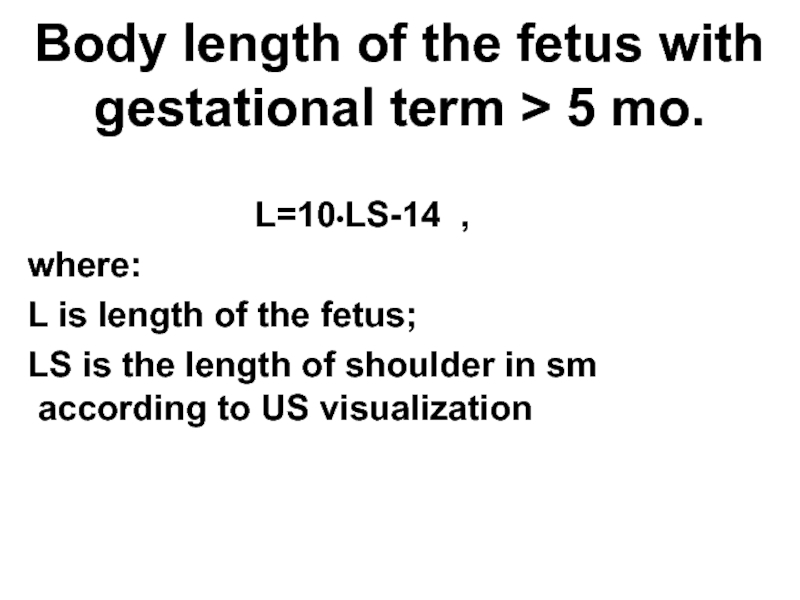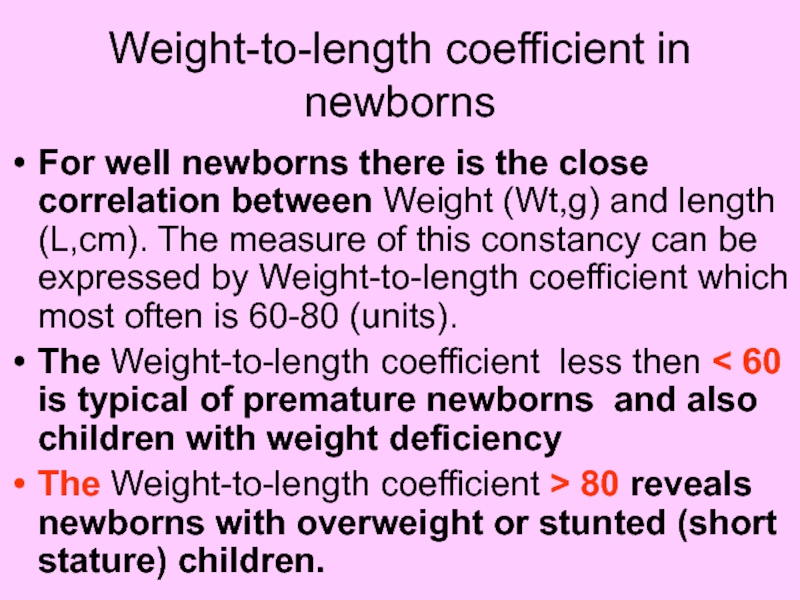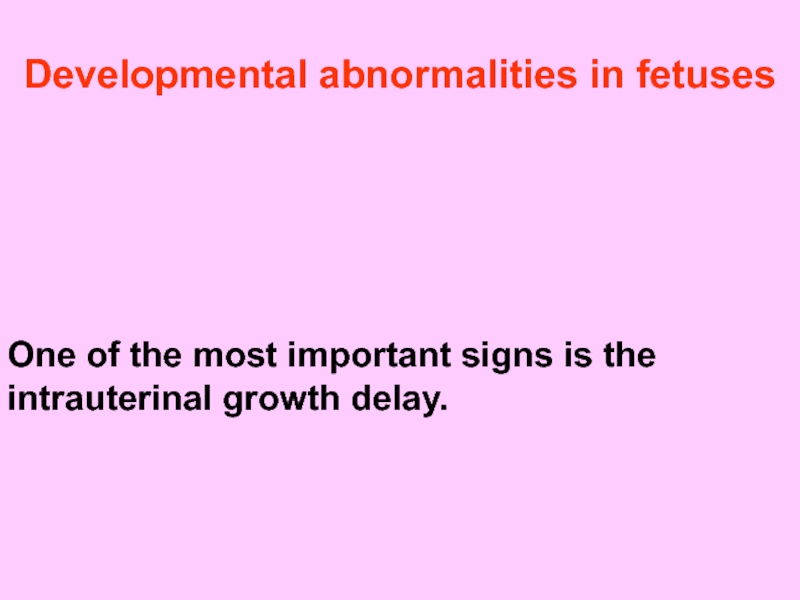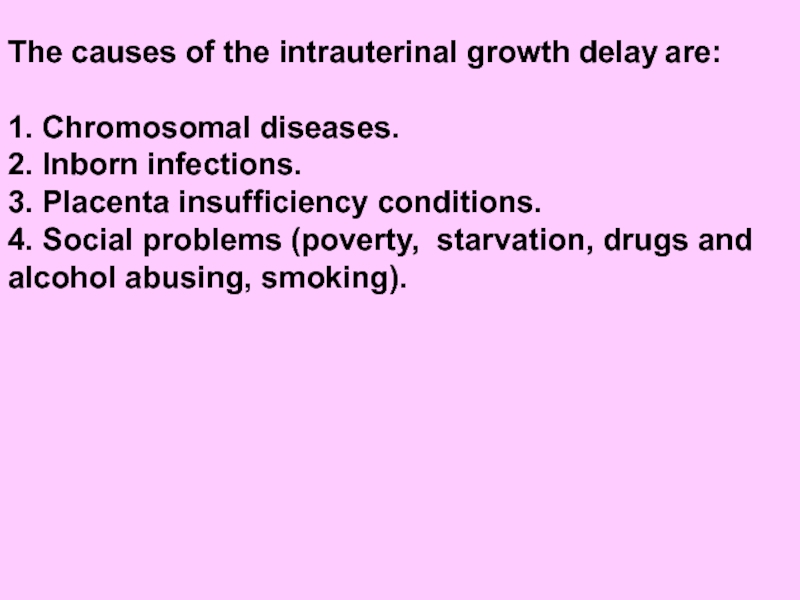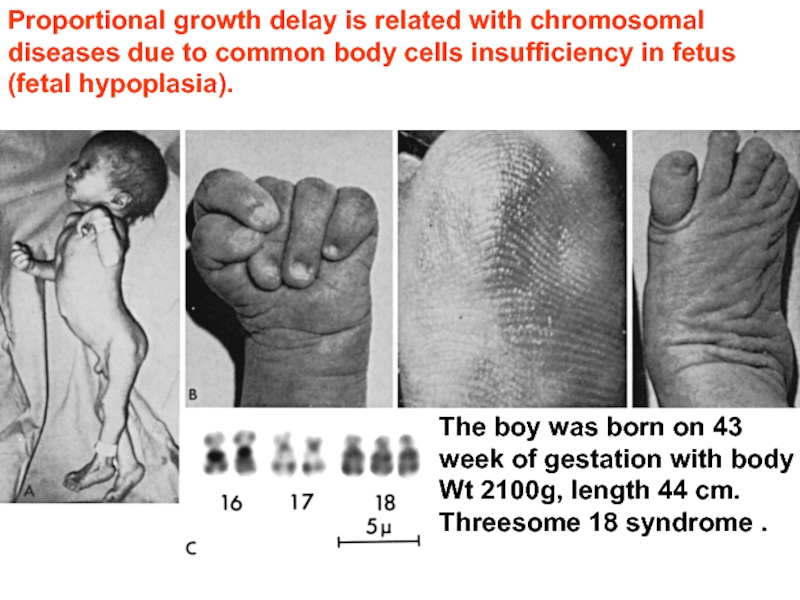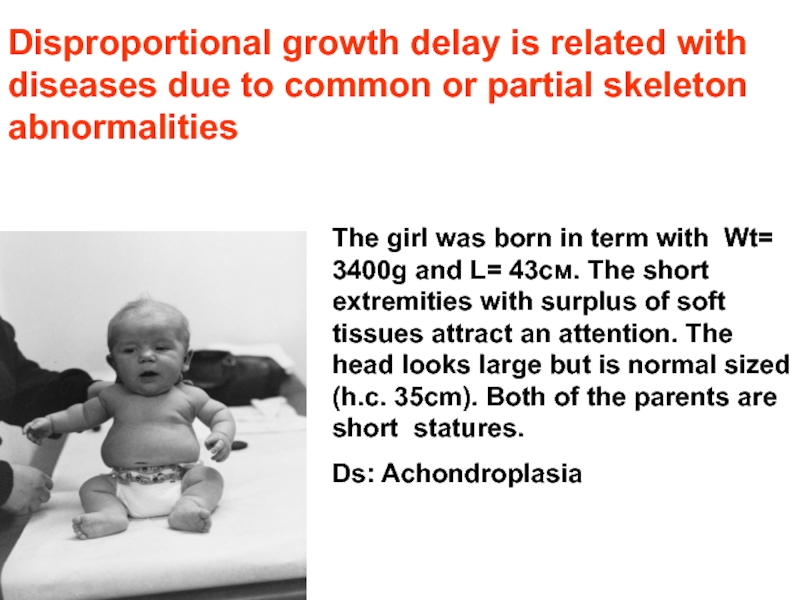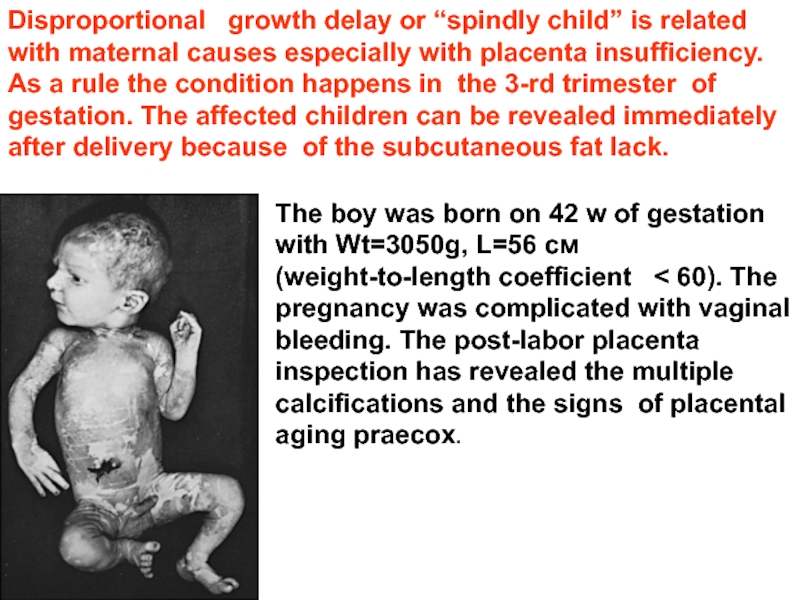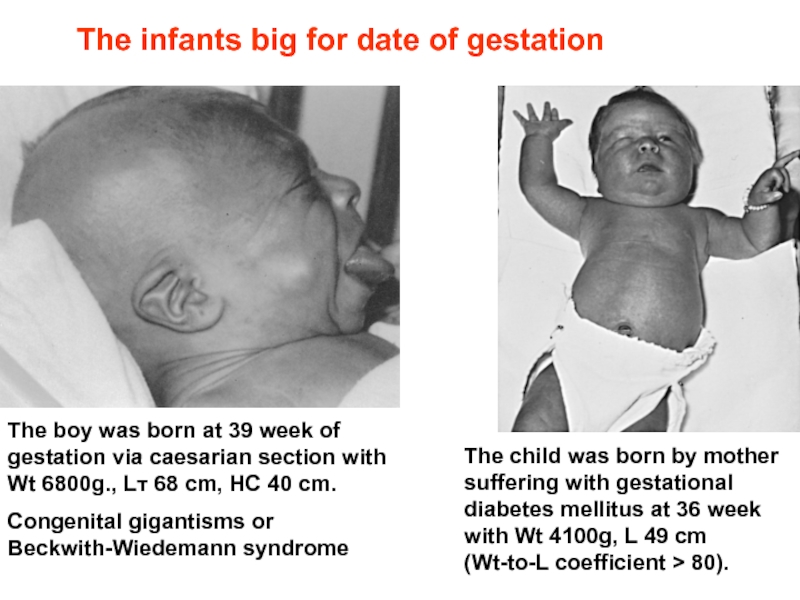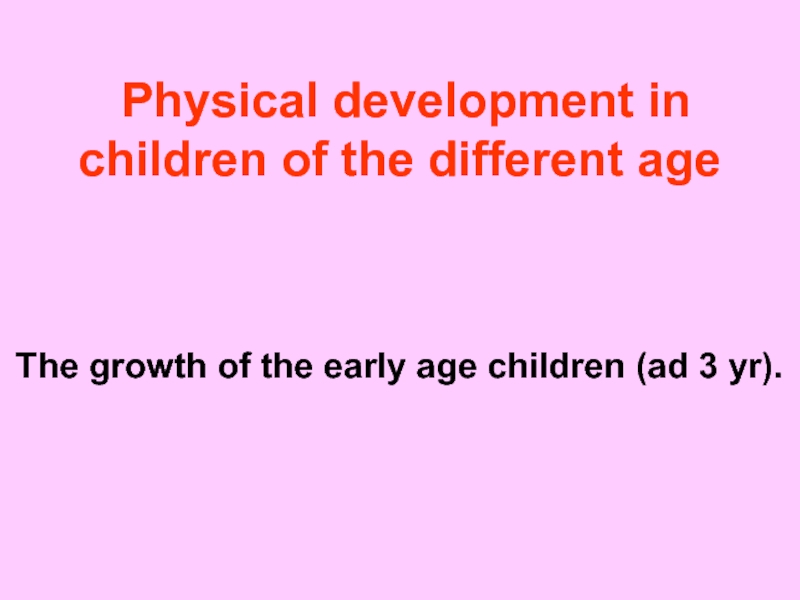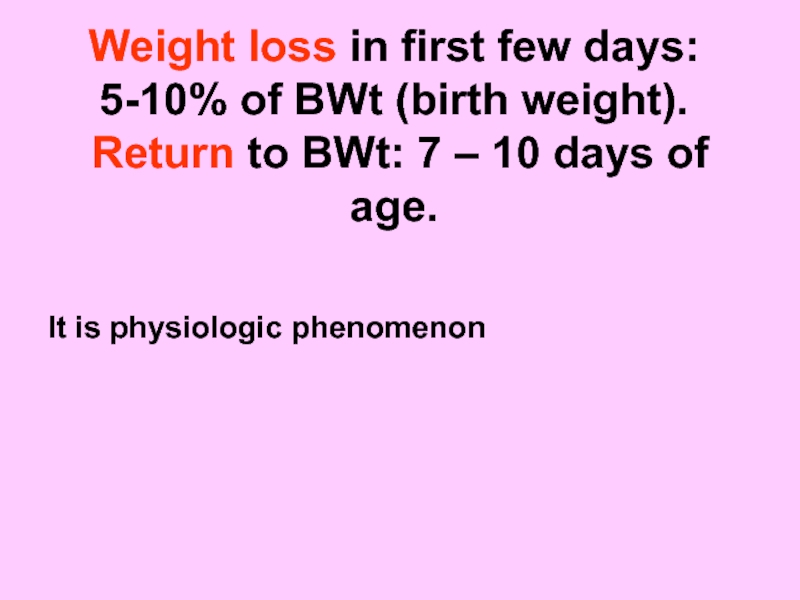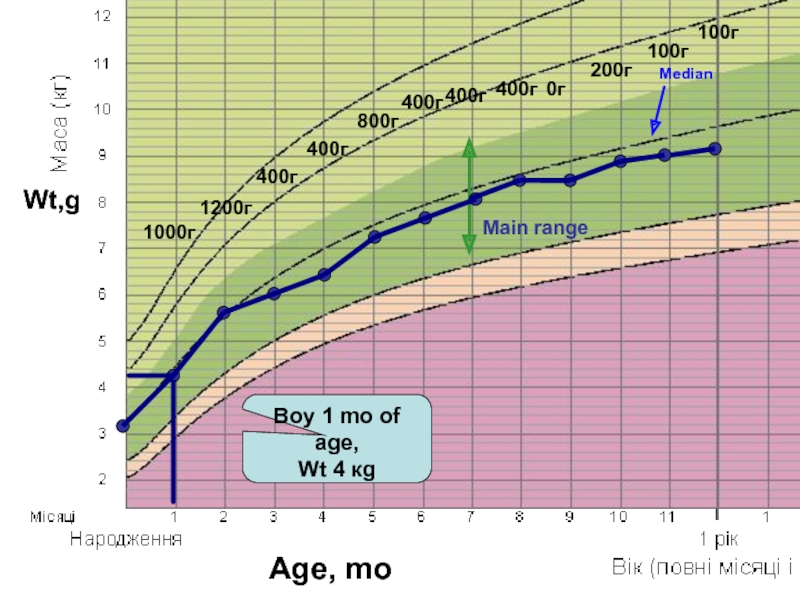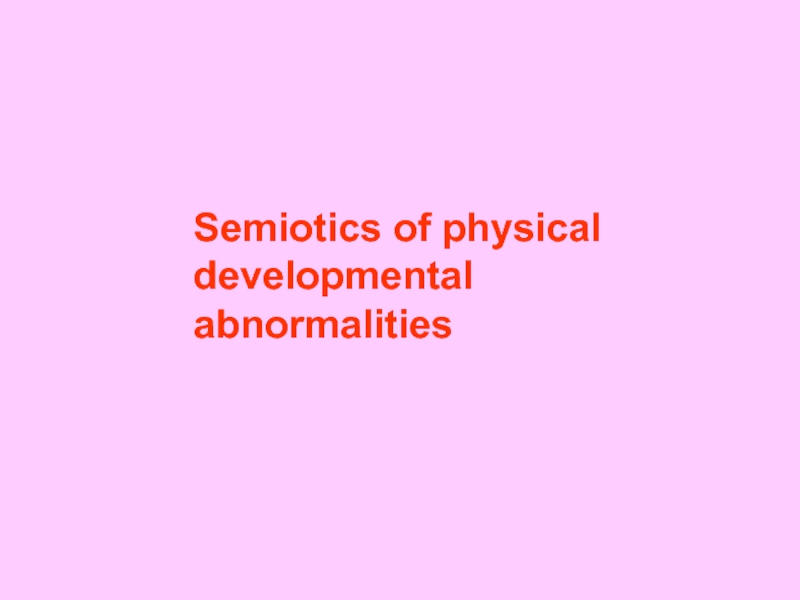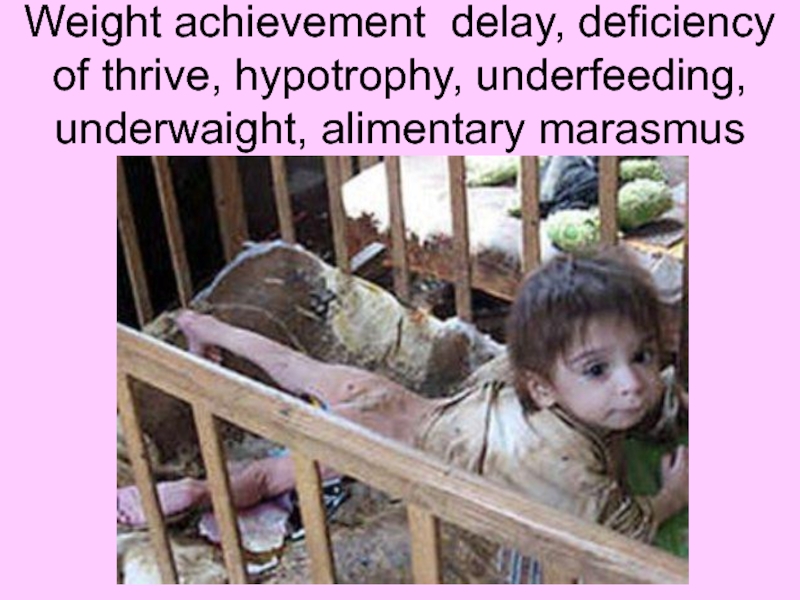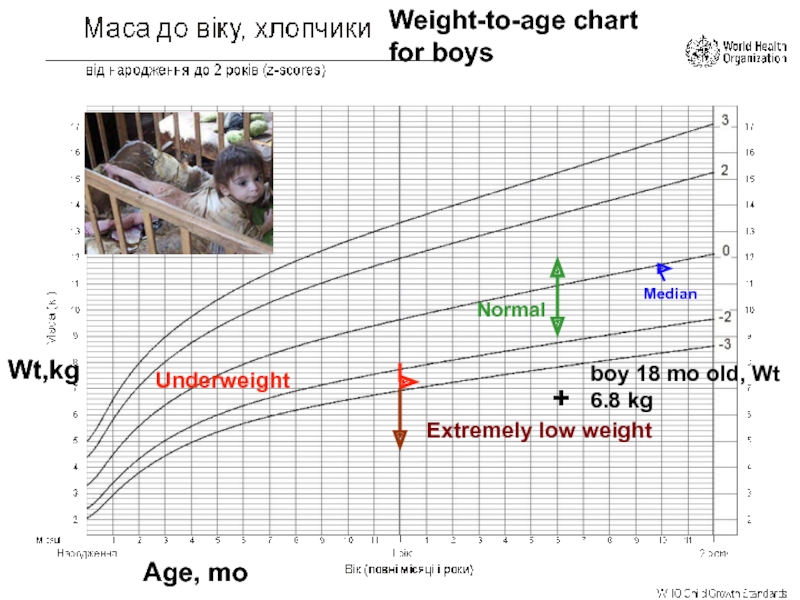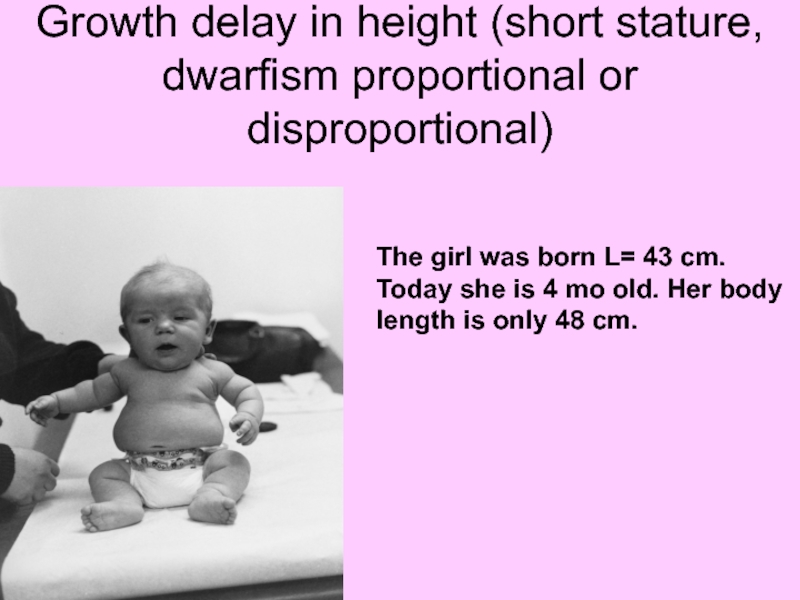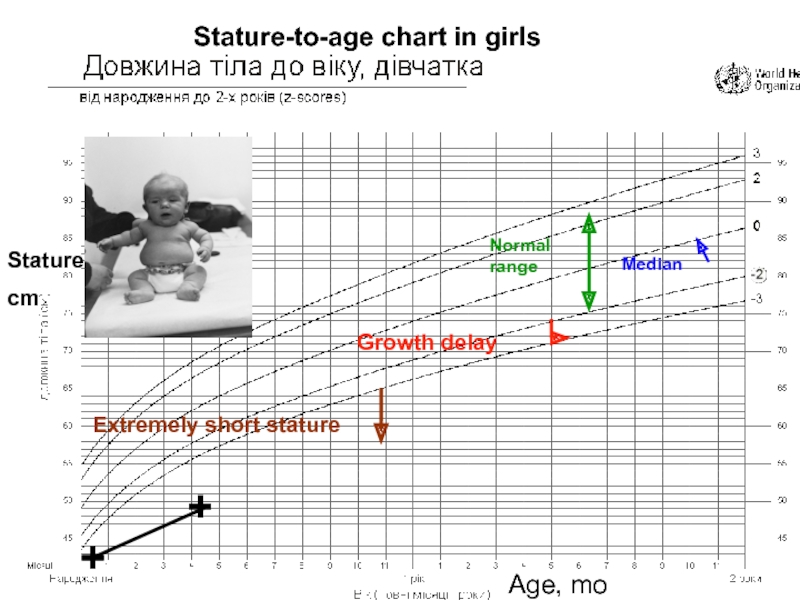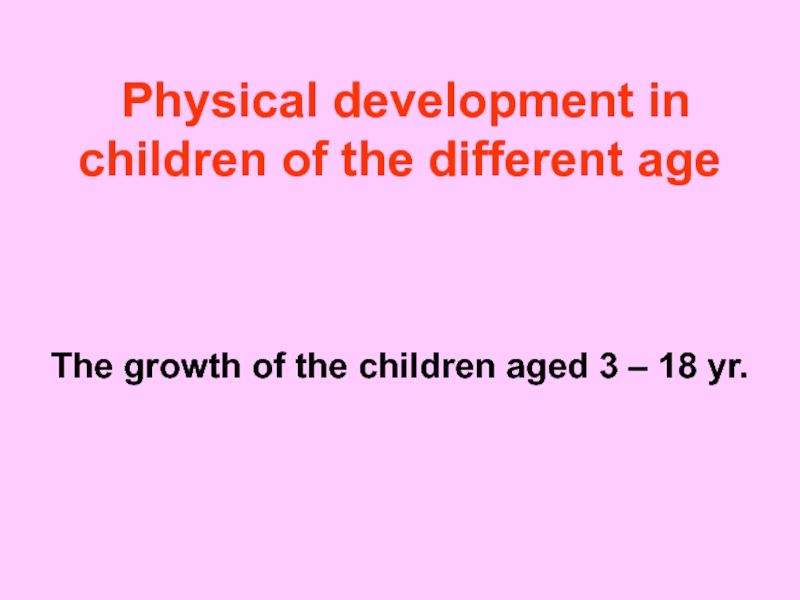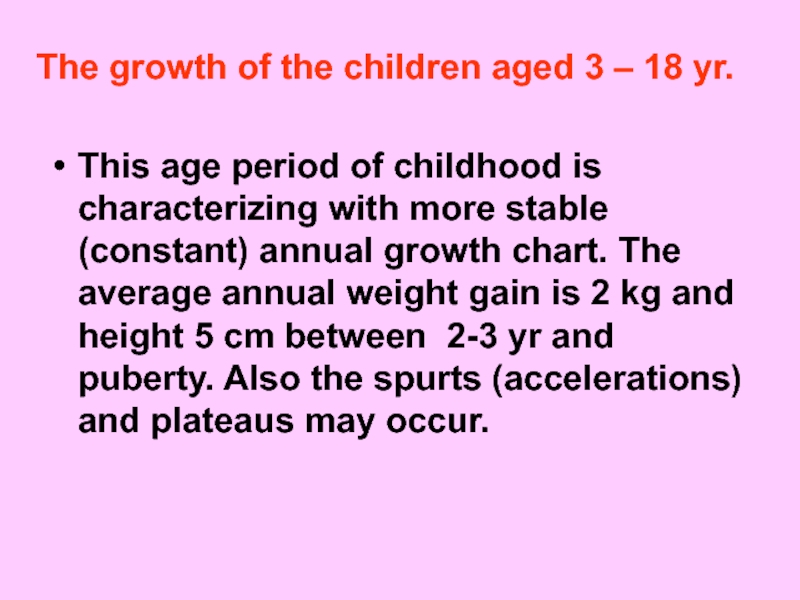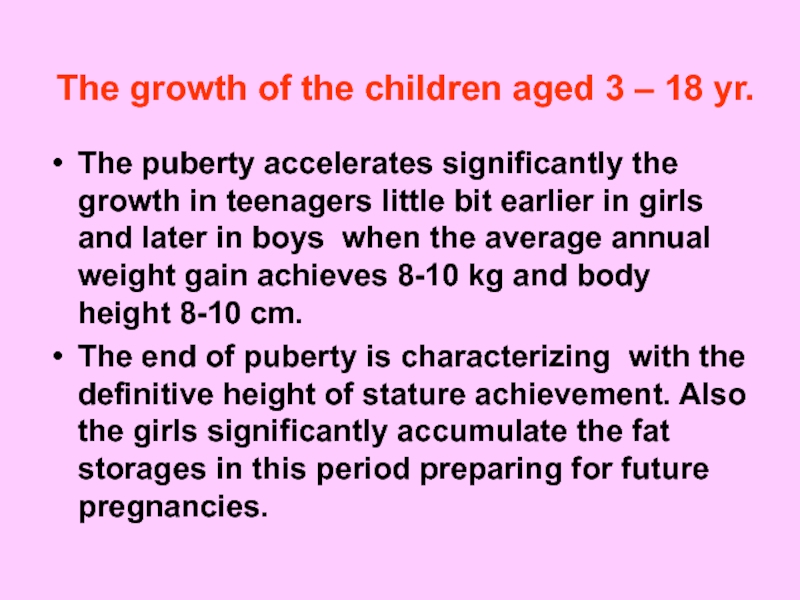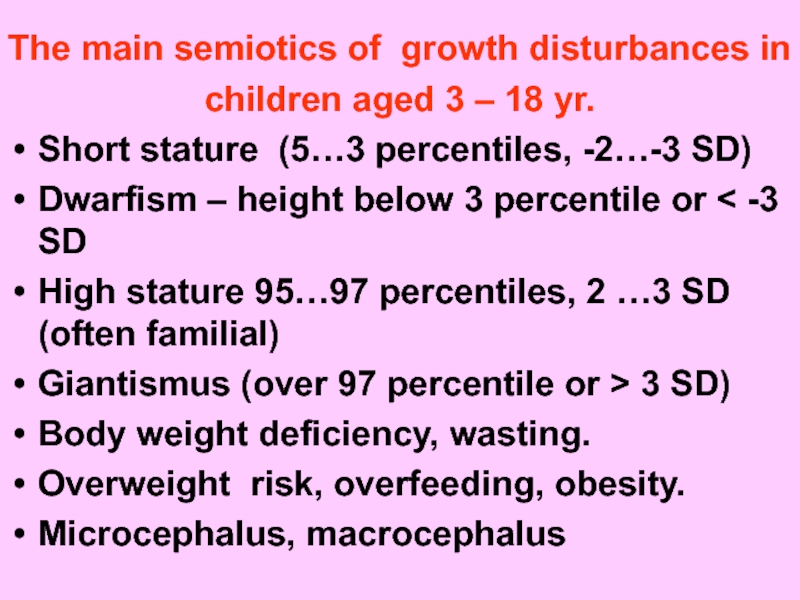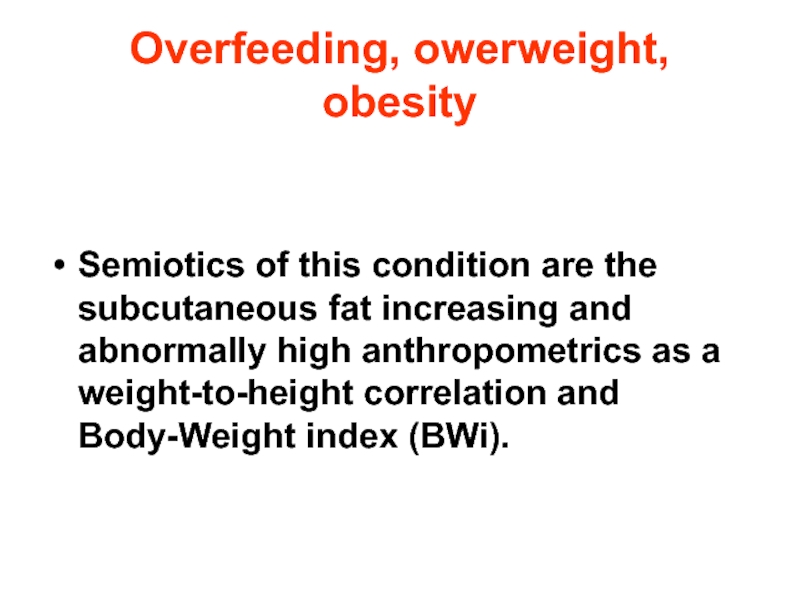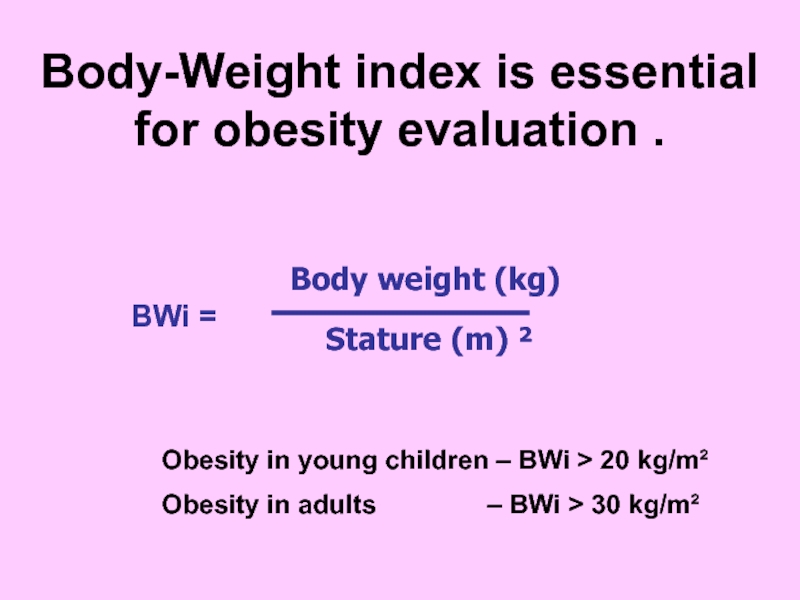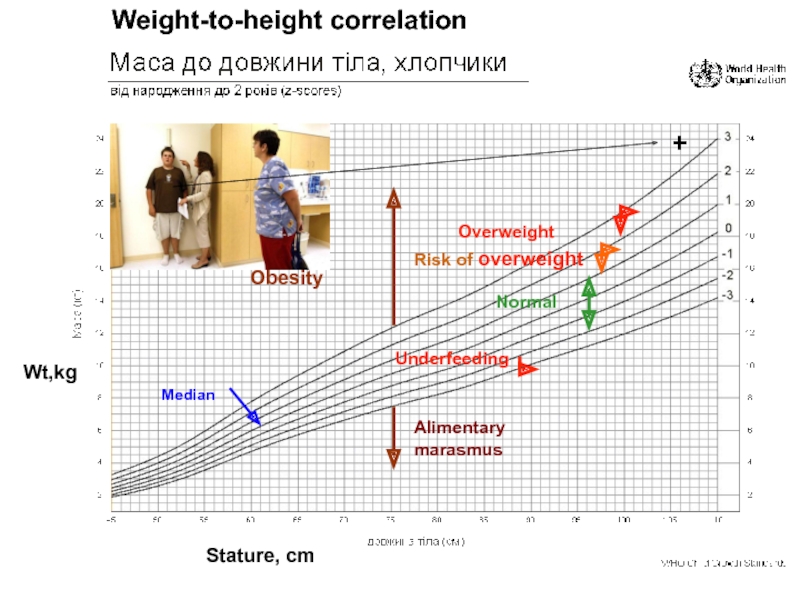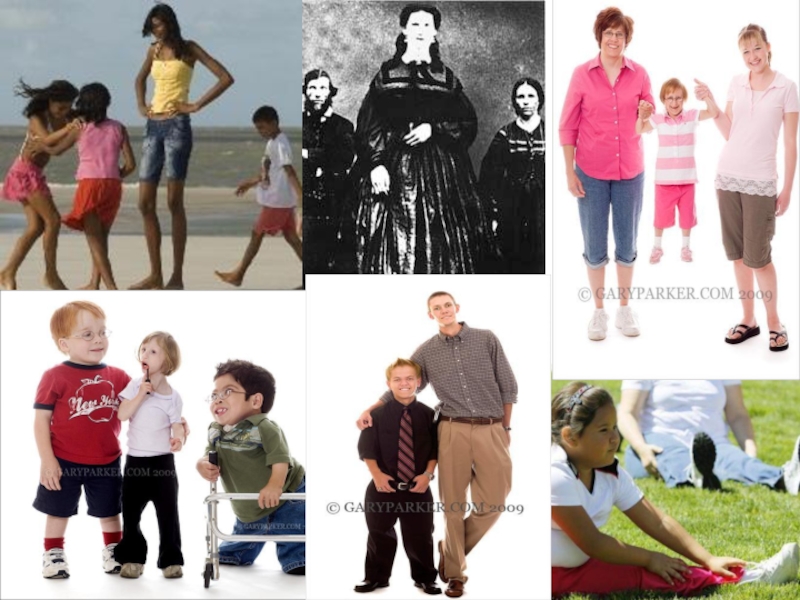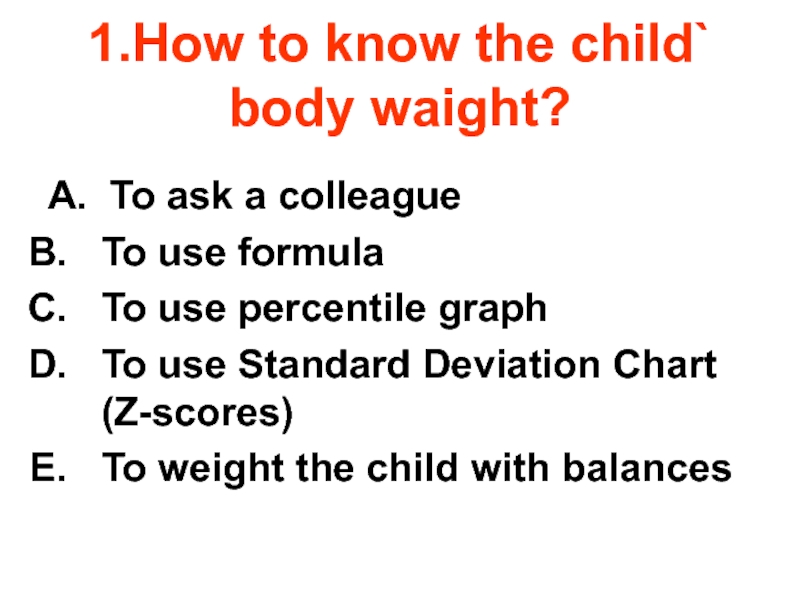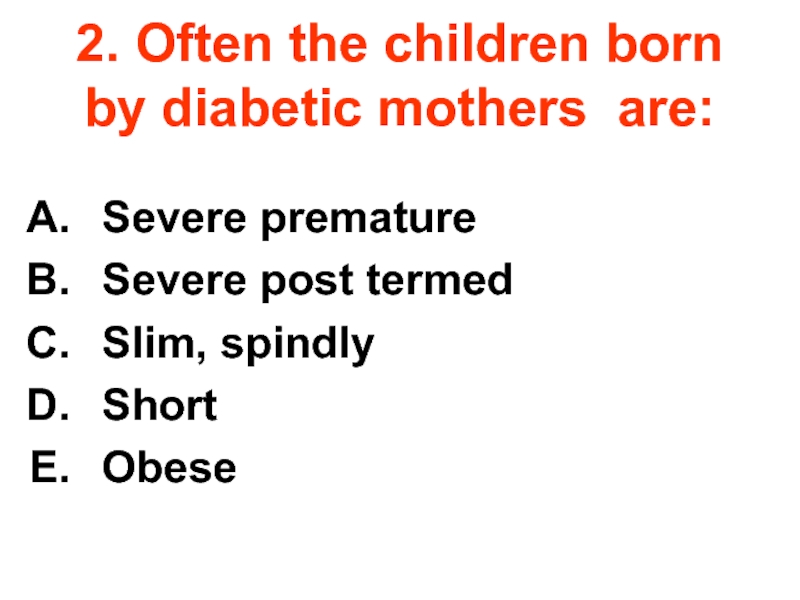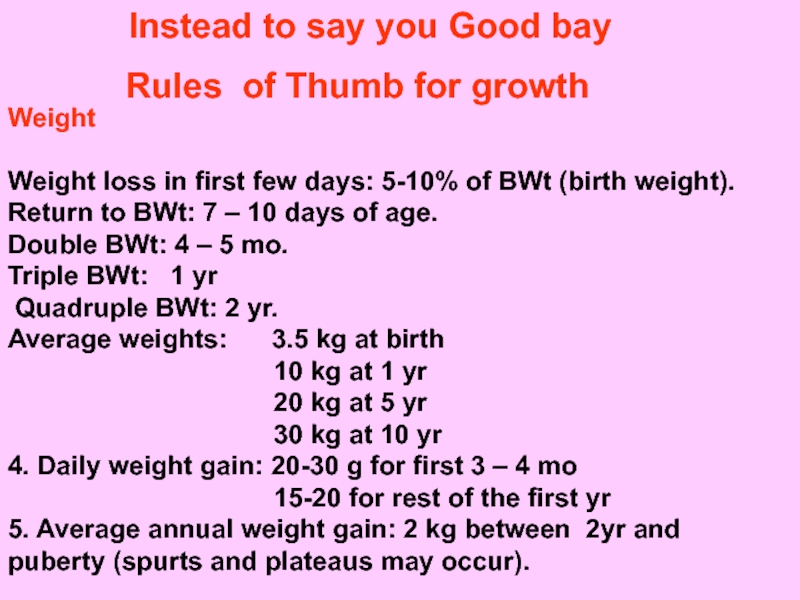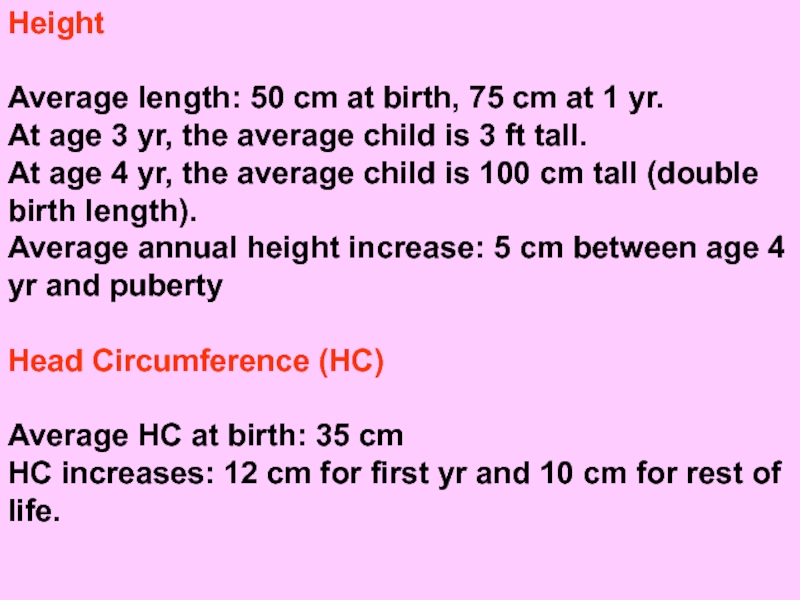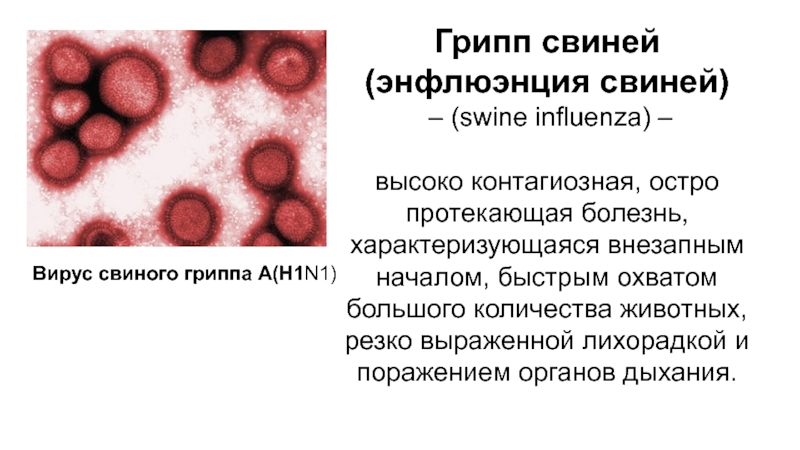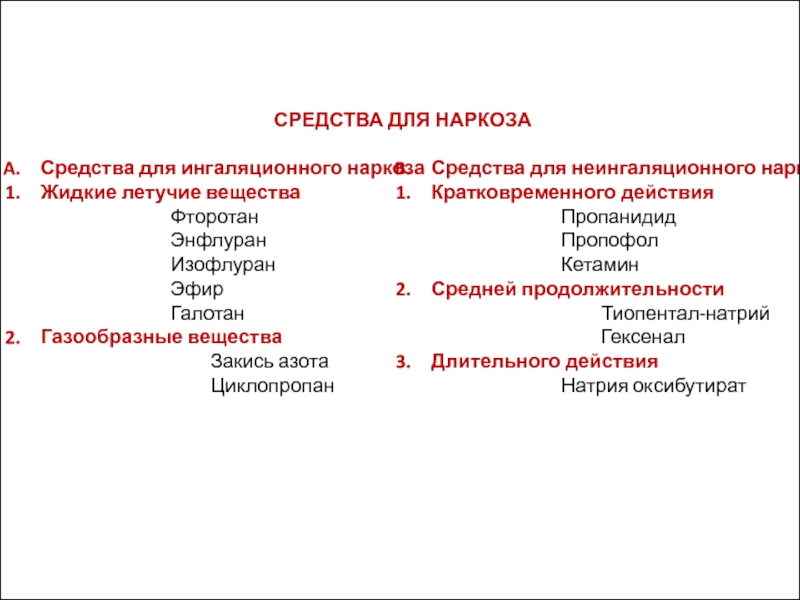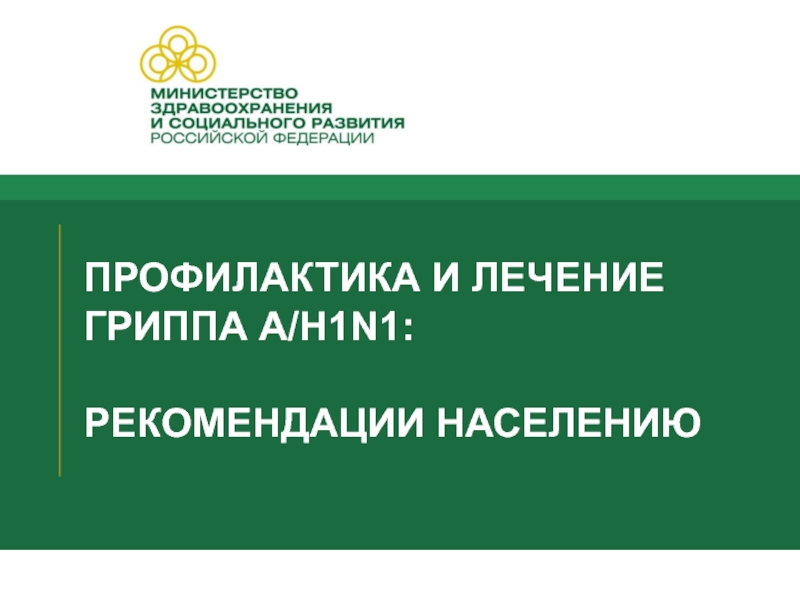- Главная
- Разное
- Дизайн
- Бизнес и предпринимательство
- Аналитика
- Образование
- Развлечения
- Красота и здоровье
- Финансы
- Государство
- Путешествия
- Спорт
- Недвижимость
- Армия
- Графика
- Культурология
- Еда и кулинария
- Лингвистика
- Английский язык
- Астрономия
- Алгебра
- Биология
- География
- Детские презентации
- Информатика
- История
- Литература
- Маркетинг
- Математика
- Медицина
- Менеджмент
- Музыка
- МХК
- Немецкий язык
- ОБЖ
- Обществознание
- Окружающий мир
- Педагогика
- Русский язык
- Технология
- Физика
- Философия
- Химия
- Шаблоны, картинки для презентаций
- Экология
- Экономика
- Юриспруденция
The importance of anthropometrics and somatoscopy assessment in childhood презентация
Содержание
- 1. The importance of anthropometrics and somatoscopy assessment in childhood
- 3. The importance of anthropometrics and somatoscopy in
- 4. Growth assessment is an essential component of
- 5. Following to practical purposes it is considered
- 6. The main Goal of Pediatrics is bolted
- 7. The below characteristics enter In “the physical development" notion.
- 8. Physical developmental characteristics - Growth or stature
- 9. Physical development characteristics – the body weigh
- 10. Physical development characteristics – the head and
- 11. The human body proportion changes in ontogenesis
- 12. The Physical development as a dynamic process
- 13. All children must have their individual graphs
- 14. What have we know about anthropometric investigations in children?
- 15. To know the current
- 16. It is necessary to measure the
- 17. The
- 19. In
- 20. What is a percentile? Relationship between
- 21. If to build a graph having
- 22. Haw to use percentile tablas?
- 23. To respect gender differences, age and chosen anthropometric boys
- 24. To respect the gender differences, age
- 25. To respect the gender differences, age
- 26. Classification of percentile values 50 –
- 27. Symptomatic area
- 28. Haw to build an individual graph of grow?
- 29. The individual graph of grow can be
- 30. Estimations of the growth by means of
- 31. at.14 Median
- 32. What do the SD lines mean?
- 33. The interference of genetic and environmental factors ensuring the physical development in children. Empathy
- 34. The interference of genetic and environmental
- 35. Physical development in children of the different age and its semiotics
- 36. Growth during the gestation
- 37. Gastation is the synonym of pregnancy (gesto
- 38. Body length of the fetus with gestational
- 39. Weight-to-length coefficient in newborns For
- 40. Developmental abnormalities in fetuses
- 41. The causes of the intrauterinal growth delay
- 42. Proportional growth delay is related with chromosomal
- 43. Disproportional growth delay is related with diseases
- 44. Disproportional growth delay or “spindly child”
- 45. The infants big
- 46. Physical development in children of the
- 47. Weight loss in first few days:
- 49. Median Main range
- 50. Semiotics of physical developmental abnormalities
- 51. Weight achievement delay, deficiency of thrive, hypotrophy, underfeeding, underwaight, alimentary marasmus
- 52. Median Underweight Normal Extremely low
- 53. Growth delay in height (short stature, dwarfism
- 54. Median Growth delay Normalrange Extremely short
- 55. Physical development in children of the
- 56. This age period of
- 57. The growth of the
- 58. The main semiotics of growth disturbances in
- 59. Overfeeding, owerweight, obesity Semiotics of
- 61. Median Underfeeding Normal Alimentary marasmus Risk of
- 63. 1.How to know the child` body waight?
- 64. 2. Often the children born by diabetic
- 66. Height Average length: 50 cm at
Слайд 1Background of the lecture
The importance of anthropometrics and somatoscopy assessment in
Physical development characteristics --
* Growth or stature
* The body weigh (mass)
* The head and chest circumferences
• Percentile values
• The standard deviations method
• The interference of genetic and environmental factors ensuring the physical development in children.
• Physical development in children of the different age
• Semiotics of physical developmental abnormalities
Слайд 2 Physical development of different age groups children. Semiotics of the developmental
Слайд 3The importance of anthropometrics and somatoscopy in childhood.
It
Слайд 4Growth assessment is an essential component of pediatric health surveillance. Many
Kliegman: Nelson Textbook of Pediatrics, 18th ed. 2007
Слайд 5Following to practical purposes it is considered that the growth process
Слайд 6The main Goal of Pediatrics is bolted in Declarations of the
Starvation in Sudan. By Kevin Carter (1960-1994)
Слайд 8Physical developmental characteristics - Growth or stature
In anthropomethric and methrological sense
Слайд 9Physical development characteristics – the body weigh (mass)
Слайд 10Physical development characteristics – the head and chest circumferences
Слайд 12The Physical development as a dynamic process must be defined as
Слайд 13All children must have their individual graphs of physical development basing
Слайд 15 To know the current body length/height, head circumference
№ 1
Слайд 16
It is necessary to measure the weight as often as it
As a minimum the anthropometrics should be evaluated:
- in newborns in the delivery department at list twice – after birth and at day of discharge;
- in infants every month;
- in toddlers every 4 – 6 mo;
- in other children every year
№ 2
Слайд 17
The anthropometric results must be analysed.
М = 10 + 2n (кg), where 10 – average body mass of the 1 yr old, n – years in the range of 1 – 10.
№ 3
Слайд 18
Never
It is considered that the most efficient method is the method founded on the medical variational statistics which confirms that the biological values must be valued with their variability (variations). No any one single numeral can not reflect the "normal rate". Usually the normal rate disposes in borders between the lowest and the highest possible expectations.
№ 4
Слайд 19
In estimation of the results of
This background information (the graphs, tables) is recommended always to have available in the practitioner` office.
№ 5
Слайд 20 What is a percentile?
Relationship between percentile lines on the growth
Слайд 21 If to build a graph having the child age postponed
Слайд 24
To respect the gender differences, age and chosen anthropometry
To set the
boys
Слайд 25
To respect the gender differences, age and chosen anthropometric
To set the
To speculate about obtained results and elaborate recommendations.
Make them known to the mother.
boys
Boy aged 12 mo., body length 76 сm
+
Слайд 26Classification of percentile values
50 – percentile – middle line
25 –
10 – 25 acceptable estimations below the average
75 – 90 acceptable estimations above the average
5 – 10 acceptable but low values (area of attention)
90- 95 acceptable but high values (area of attention)
Слайд 29The individual graph of grow can be belt setting the anthropometric
The process of body length increasing in a boy since 1 mo until 12 mo is shown
+
+
+
+
Слайд 30Estimations of the growth by means of the standard deviations method
The rates of growth in children aged 0 - 3 yr are universal regardless of their raсes and nationalities, social-economic status and type of feeding. So they are widely recommended as an international standard all over the world.
WHO, 2008
Слайд 31at.14
Median
SD +2
SD -3
SD +3
Weight-for-age curves in boys aged 0 -2 yr
Born
1 yr
2 yr
weight,
kg
Слайд 32What do the SD lines mean?
The line 0 on every
Other lines define statistical standard deviations (SD) showing the distance between individual anthropometrics and average estimations.
Standard deviations (SD) can be positive (values or z-scores 1, 2, 3) or negative (values or z-scores −1, −2,−3).
Слайд 33The interference of genetic and environmental factors ensuring the physical development
Empathy
Слайд 34 The interference of genetic and environmental factors ensuring the physical
Behavioral reactions and physical development.
Below listed influences slow the growth in children:
- quantities and qualitative underfeeding;
- deficiency of parental care;
- passive and active smoking.
Слайд 37Gastation is the synonym of pregnancy (gesto lat. – to carry,
The math relation between body length of embrio or early fetus and term of gestation is:
2
L=d ,
where: L is body length of embrio or early fetus in cm until 5 mo of gestation, d – term of gestation in mo.
Слайд 38Body length of the fetus with gestational term > 5 mo.
L=10•LS-14 ,
where:
L is length of the fetus;
LS is the length of shoulder in sm according to US visualization
Слайд 39Weight-to-length coefficient in newborns
For well newborns there is the
The Weight-to-length coefficient less then < 60 is typical of premature newborns and also children with weight deficiency
The Weight-to-length coefficient > 80 reveals newborns with overweight or stunted (short stature) children.
Слайд 40Developmental abnormalities in fetuses
One of the most important signs is
Слайд 41The causes of the intrauterinal growth delay are:
1. Chromosomal diseases.
2. Inborn
3. Placenta insufficiency conditions.
4. Social problems (poverty, starvation, drugs and alcohol abusing, smoking).
Слайд 42Proportional growth delay is related with chromosomal diseases due to common
The boy was born on 43 week of gestation with body Wt 2100g, length 44 сm. Threesome 18 syndrome .
Слайд 43Disproportional growth delay is related with diseases due to common or
The girl was born in term with Wt= 3400g and L= 43cм. The short extremities with surplus of soft tissues attract an attention. The head looks large but is normal sized (h.c. 35сm). Both of the parents are short statures.
Ds: Achondroplasia
Слайд 44Disproportional growth delay or “spindly child” is related with maternal
The boy was born on 42 w of gestation with Wt=3050g, L=56 см (weight-to-length coefficient < 60). The pregnancy was complicated with vaginal bleeding. The post-labor placenta inspection has revealed the multiple calcifications and the signs of placental aging praecox.
Слайд 45 The infants big for date of gestation
The boy was born at 39 week of gestation via caesarian section with Wt 6800g., Lт 68 cm, HC 40 cm.
Congenital gigantisms or Beckwith-Wiedemann syndrome
The child was born by mother suffering with gestational diabetes mellitus at 36 week with Wt 4100g, L 49 cm (Wt-to-L coefficient > 80).
Слайд 46 Physical development in children of the different age
The growth
Слайд 47 Weight loss in first few days: 5-10% of BWt (birth weight).
It is physiologic phenomenon
Слайд 49Median
Main range
Boy 1 mo of age,
Wt 4 кg
1000г
1200г
400г
400г
800г
400г
400г
400г
0г
200г
100г
100г
Wt,g
Age, mo
Слайд 51Weight achievement delay, deficiency of thrive, hypotrophy, underfeeding, underwaight, alimentary marasmus
Слайд 52Median
Underweight
Normal
Extremely low weight
+
boy 18 mo old, Wt 6.8
Weight-to-age chart for boys
Wt,kg
Age, mo
Слайд 53Growth delay in height (short stature, dwarfism proportional or disproportional)
The
Слайд 54Median
Growth delay
Normalrange
Extremely short stature
+
+
Stature
cm
Age, mo
Stature-to-age chart in girls
Слайд 55 Physical development in children of the different age
The growth
Слайд 56
This age period of childhood is characterizing with more stable
The growth of the children aged 3 – 18 yr.
Слайд 57 The growth of the children aged 3 – 18
The puberty accelerates significantly the growth in teenagers little bit earlier in girls and later in boys when the average annual weight gain achieves 8-10 kg and body height 8-10 cm.
The end of puberty is characterizing with the definitive height of stature achievement. Also the girls significantly accumulate the fat storages in this period preparing for future pregnancies.
Слайд 58The main semiotics of growth disturbances in children aged 3 –
Short stature (5…3 percentiles, -2…-3 SD)
Dwarfism – height below 3 percentile or < -3 SD
High stature 95…97 percentiles, 2 …3 SD (often familial)
Giantismus (over 97 percentile or > 3 SD)
Body weight deficiency, wasting.
Overweight risk, overfeeding, obesity.
Microcephalus, macrocephalus
Слайд 59Overfeeding, owerweight, obesity
Semiotics of this condition are the subcutaneous fat increasing
Слайд 60
Body-Weight index is essential for obesity evaluation .
Obesity in
Obesity in adults – BWi > 30 kg/m²
BWi =
Слайд 61Median
Underfeeding
Normal
Alimentary marasmus
Risk of overweight
Overweight
Obesity
Wt,kg
Stature, cm
Weight-to-height correlation
+
Слайд 631.How to know the child` body waight?
A. To ask a colleague
To
To use percentile graph
To use Standard Deviation Chart (Z-scores)
To weight the child with balances
Слайд 642. Often the children born by diabetic mothers are:
Severe premature
Severe post
Slim, spindly
Short
Obese
Слайд 65
Weight
Weight loss in first few days:
Return to BWt: 7 – 10 days of age.
Double BWt: 4 – 5 mo.
Triple BWt: 1 yr
Quadruple BWt: 2 yr.
Average weights: 3.5 kg at birth
10 kg at 1 yr
20 kg at 5 yr
30 kg at 10 yr
4. Daily weight gain: 20-30 g for first 3 – 4 mo
15-20 for rest of the first yr
5. Average annual weight gain: 2 kg between 2yr and puberty (spurts and plateaus may occur).
Instead to say you Good bay
Rules of Thumb for growth
Слайд 66Height
Average length: 50 cm at birth, 75 cm at 1 yr.
At
At age 4 yr, the average child is 100 cm tall (double birth length).
Average annual height increase: 5 cm between age 4 yr and puberty
Head Circumference (HC)
Average HC at birth: 35 cm
HC increases: 12 cm for first yr and 10 cm for rest of life.
